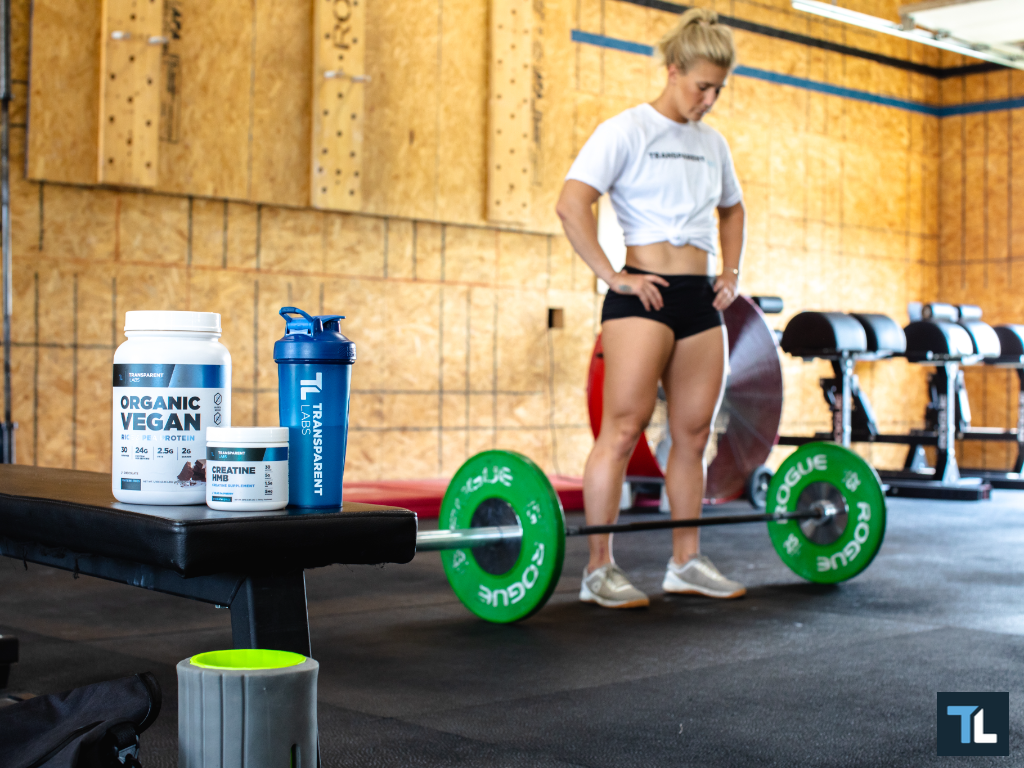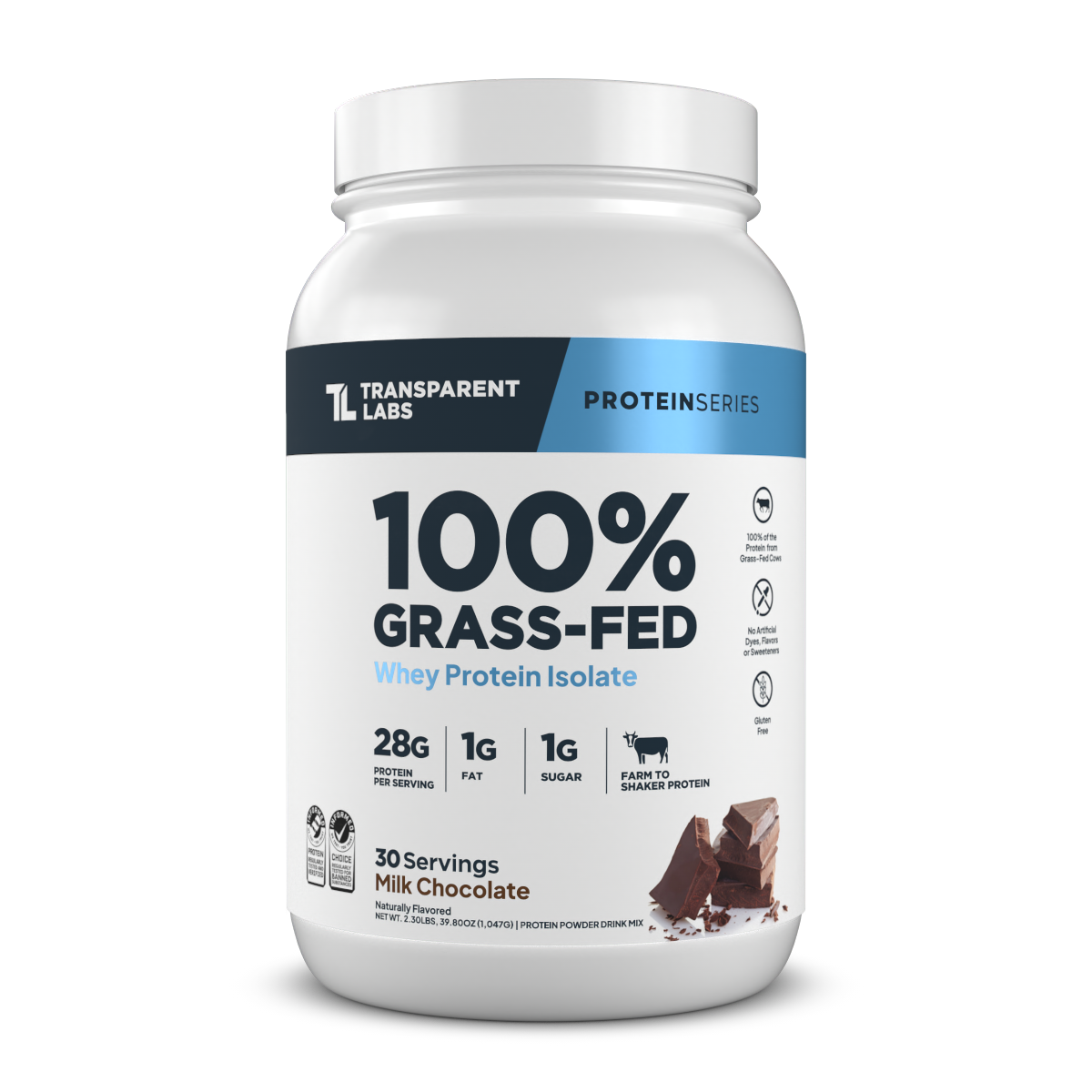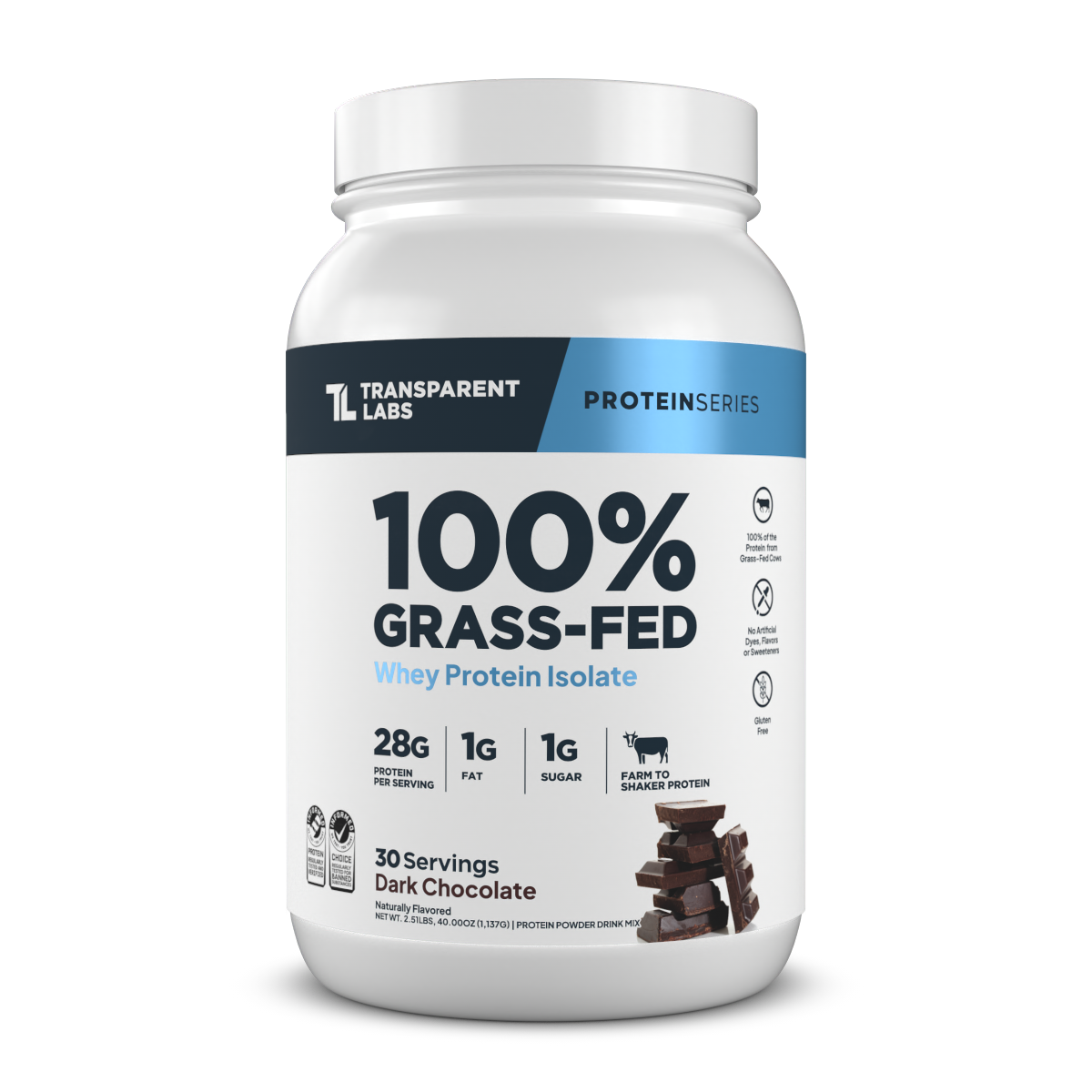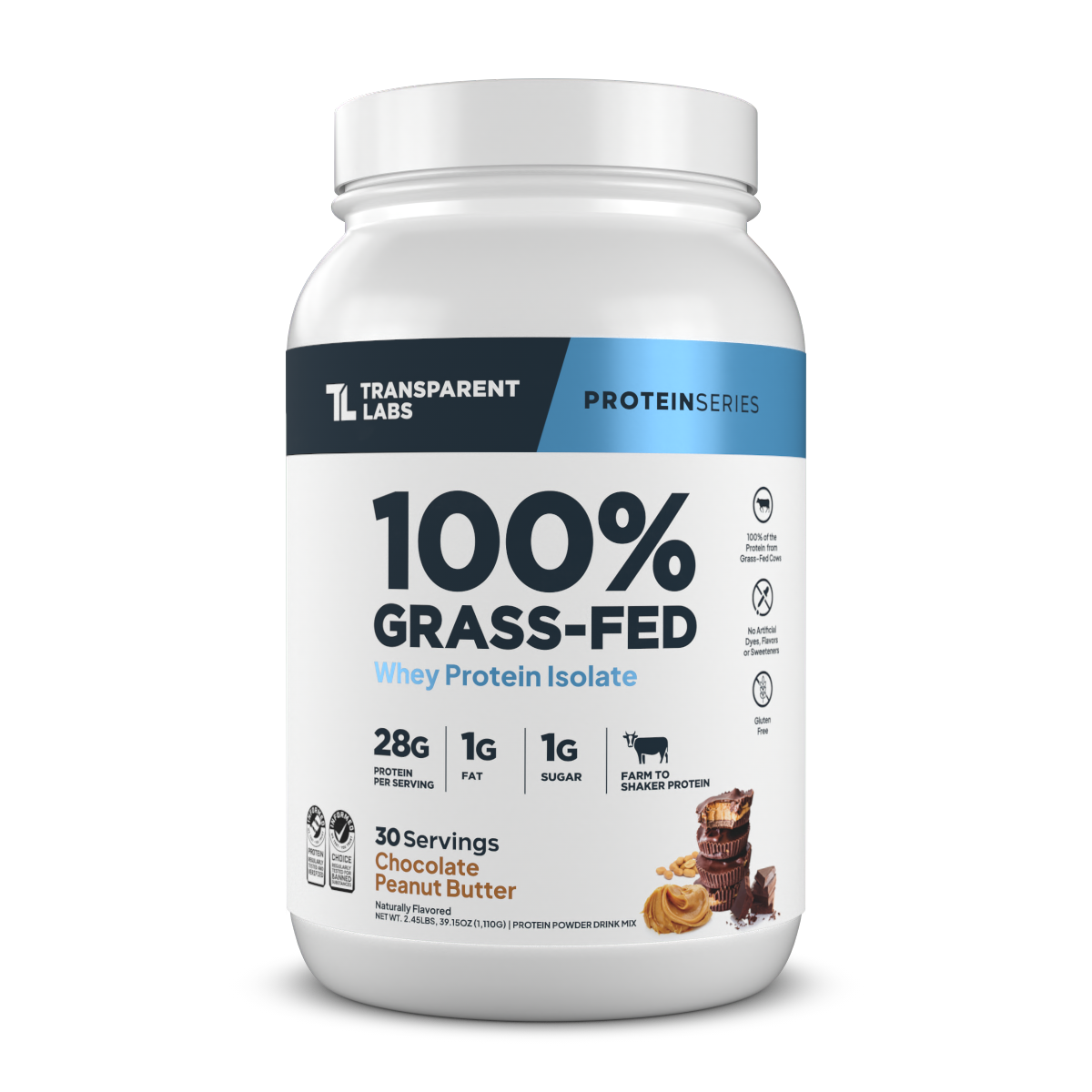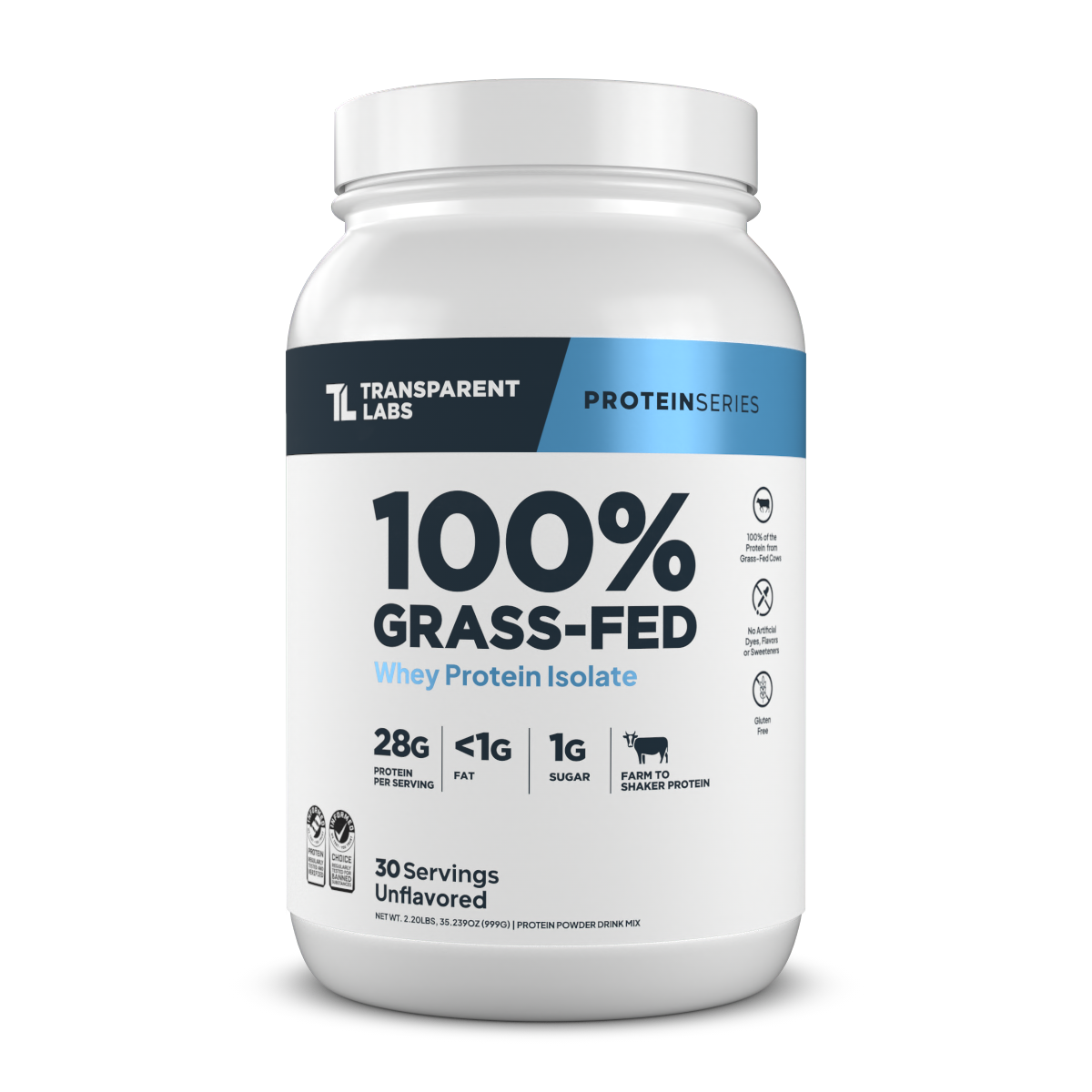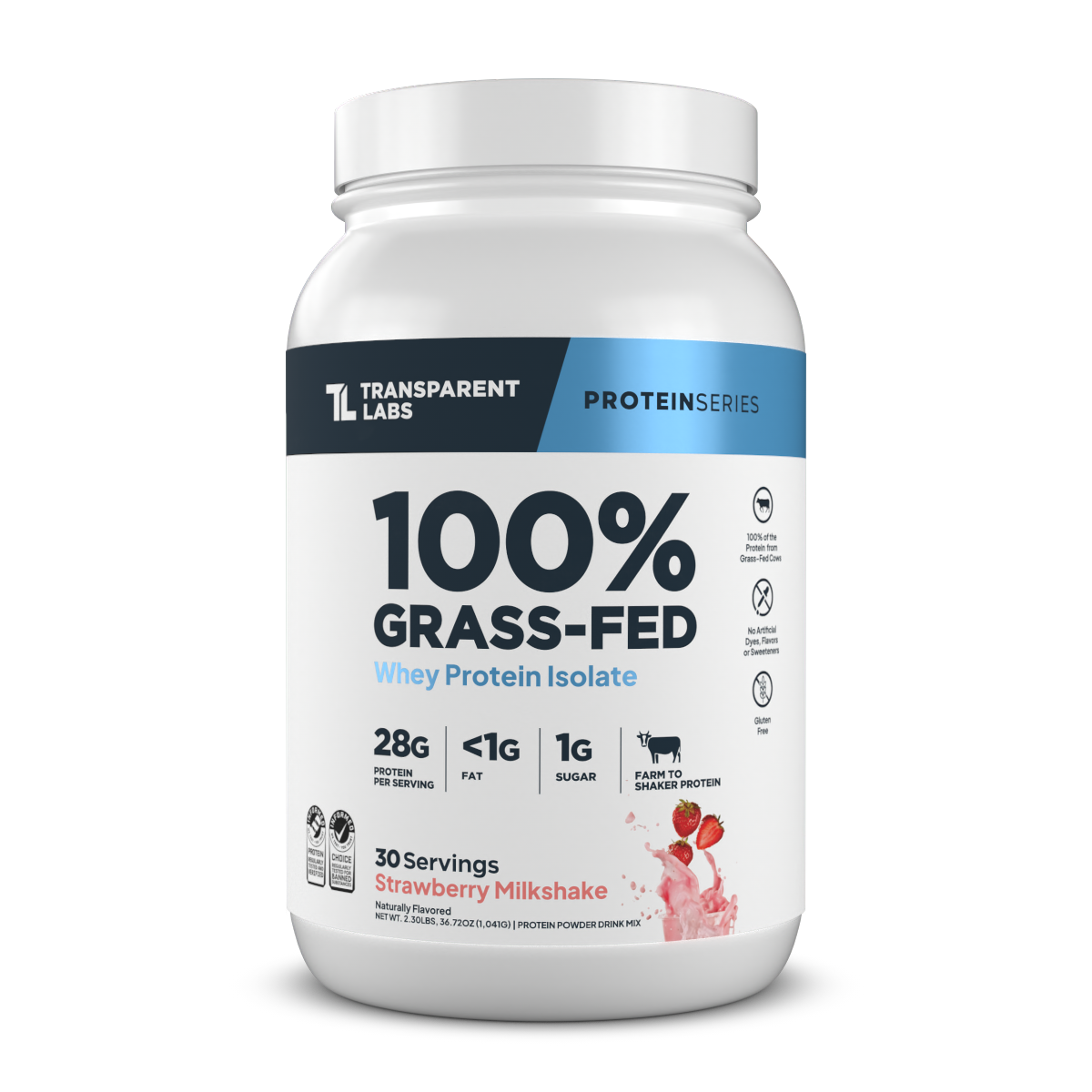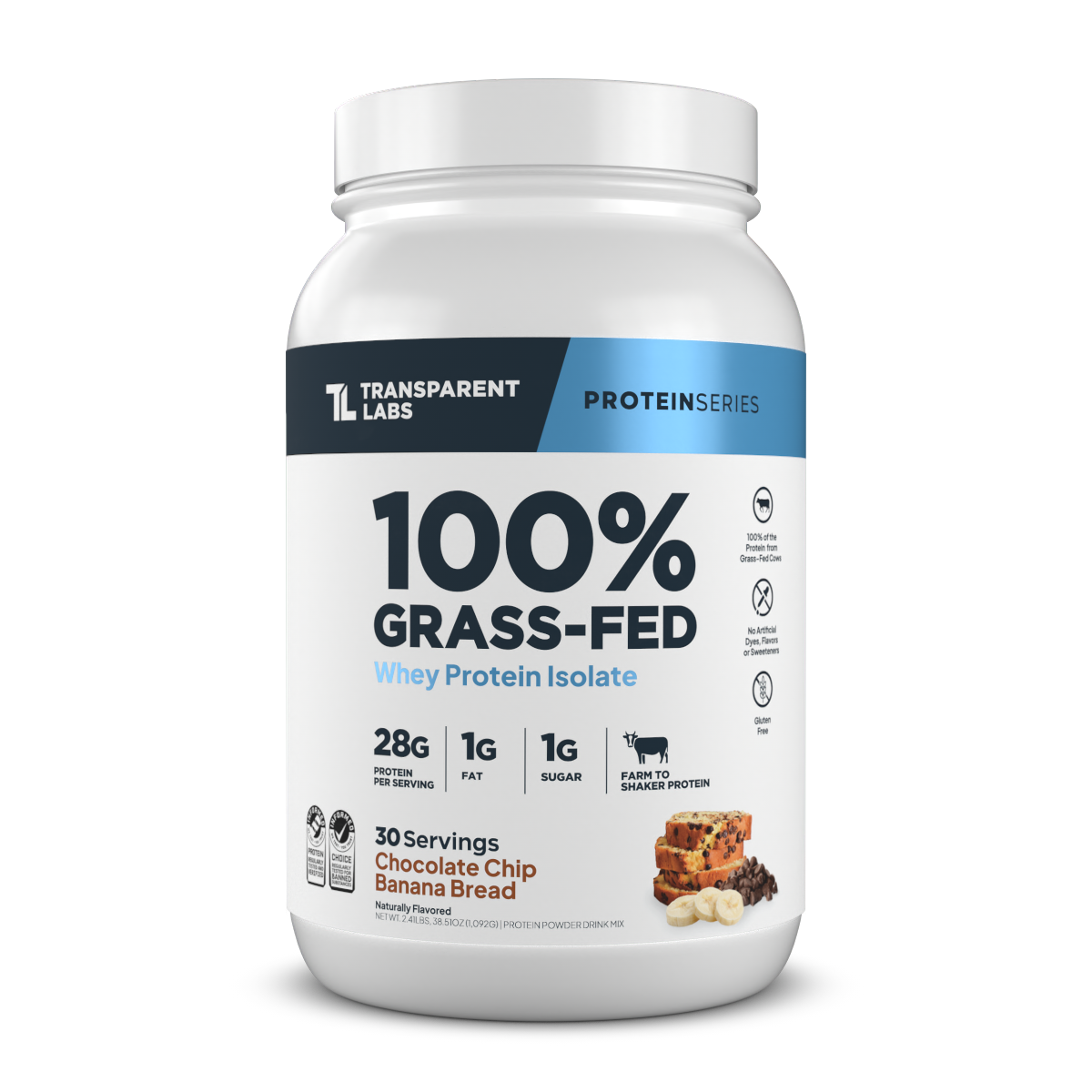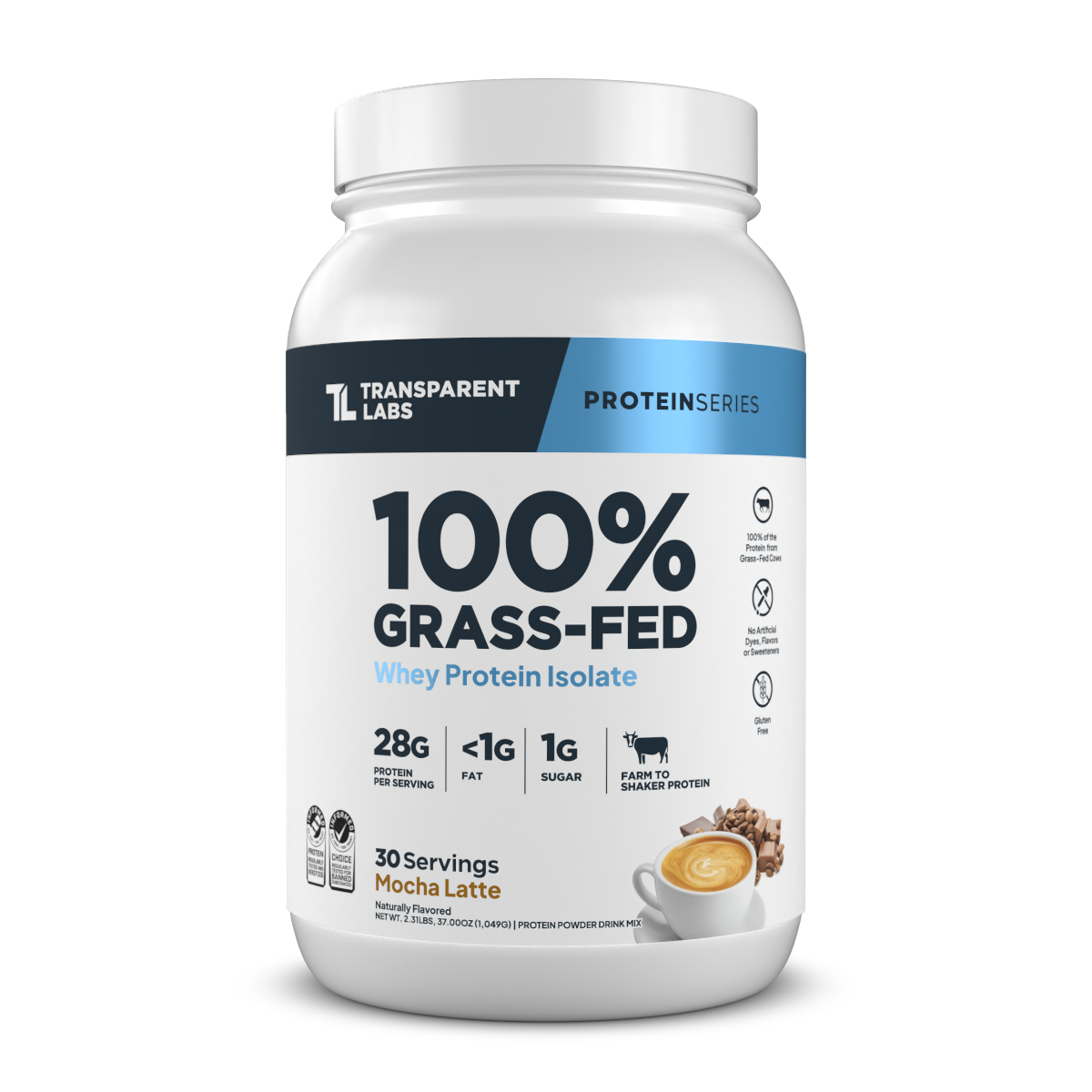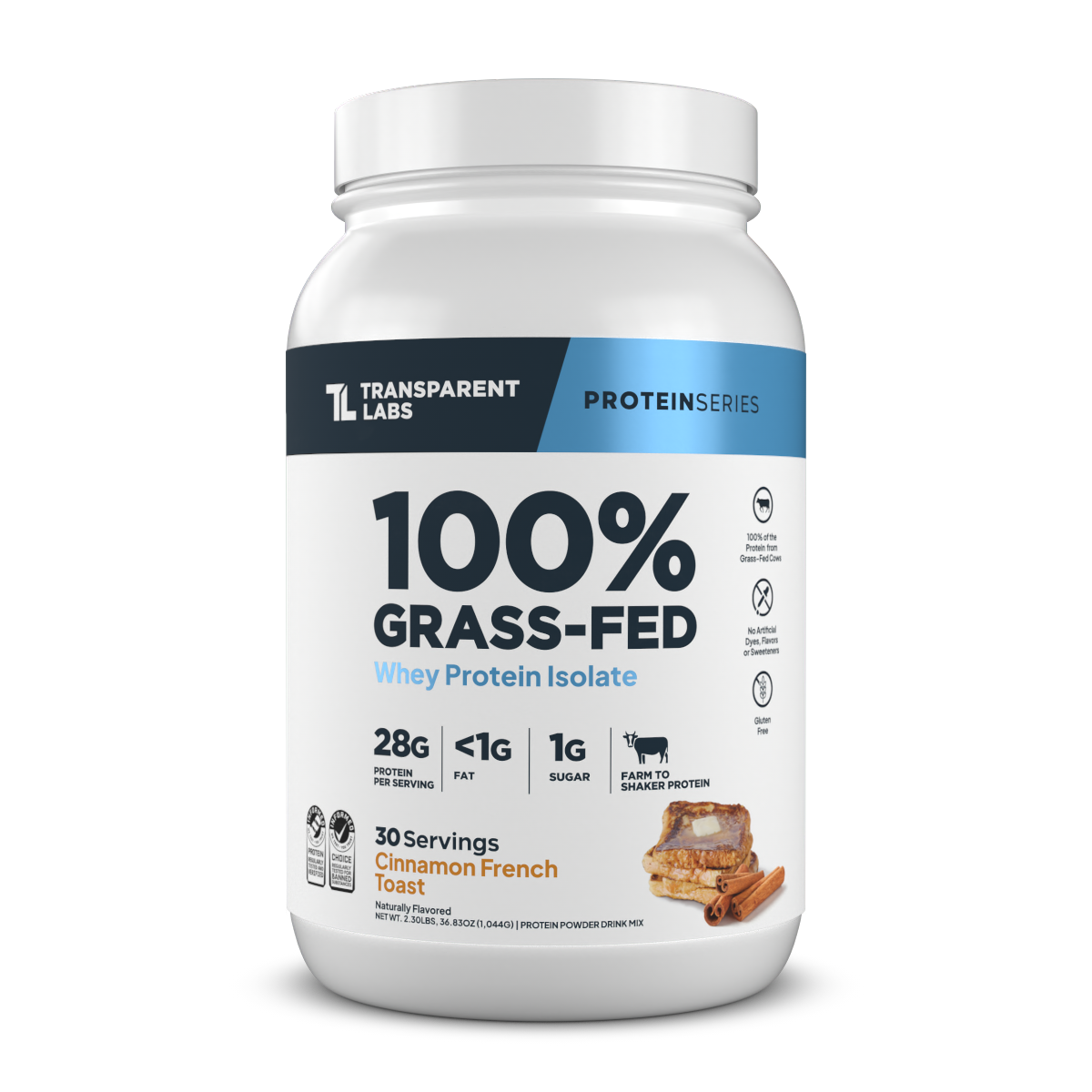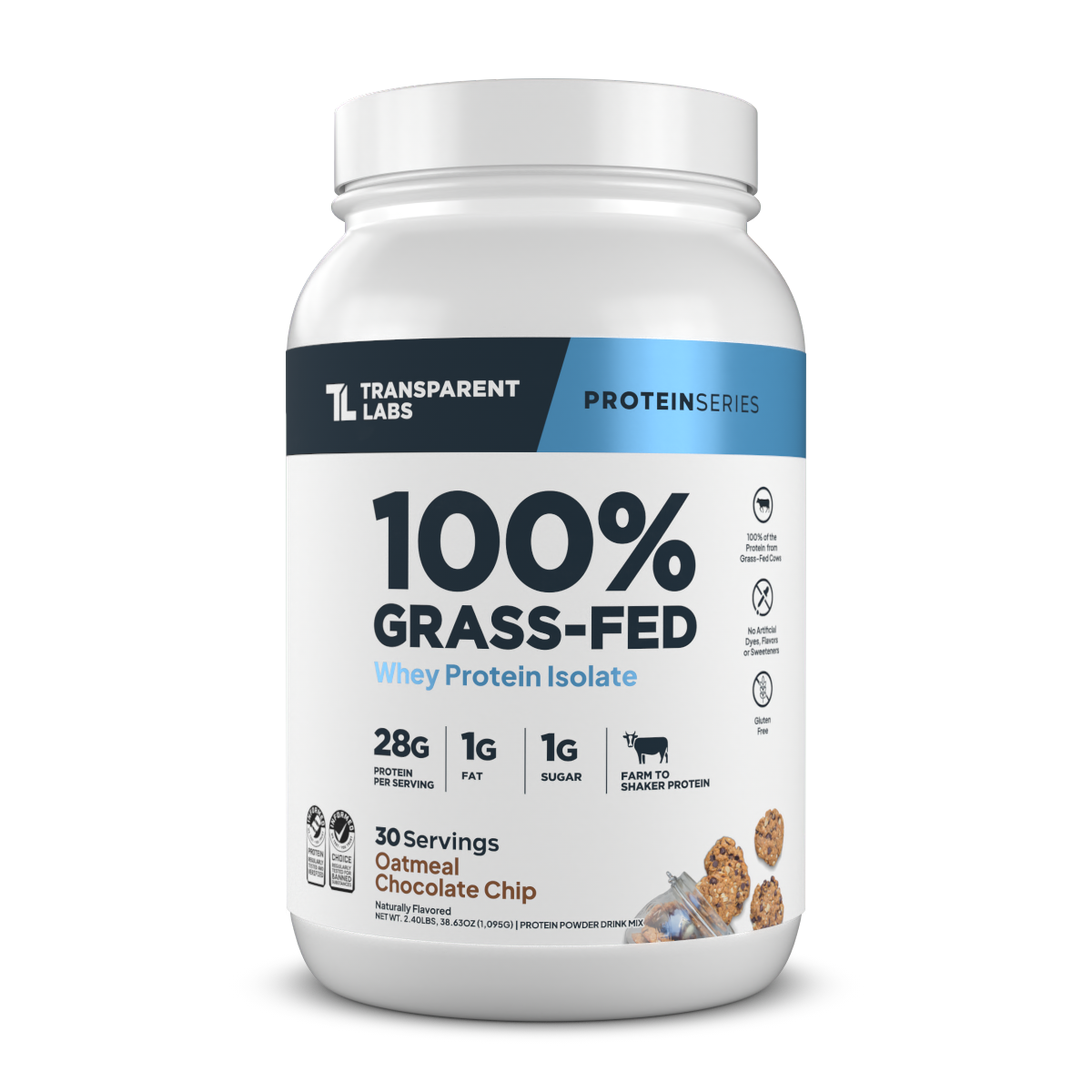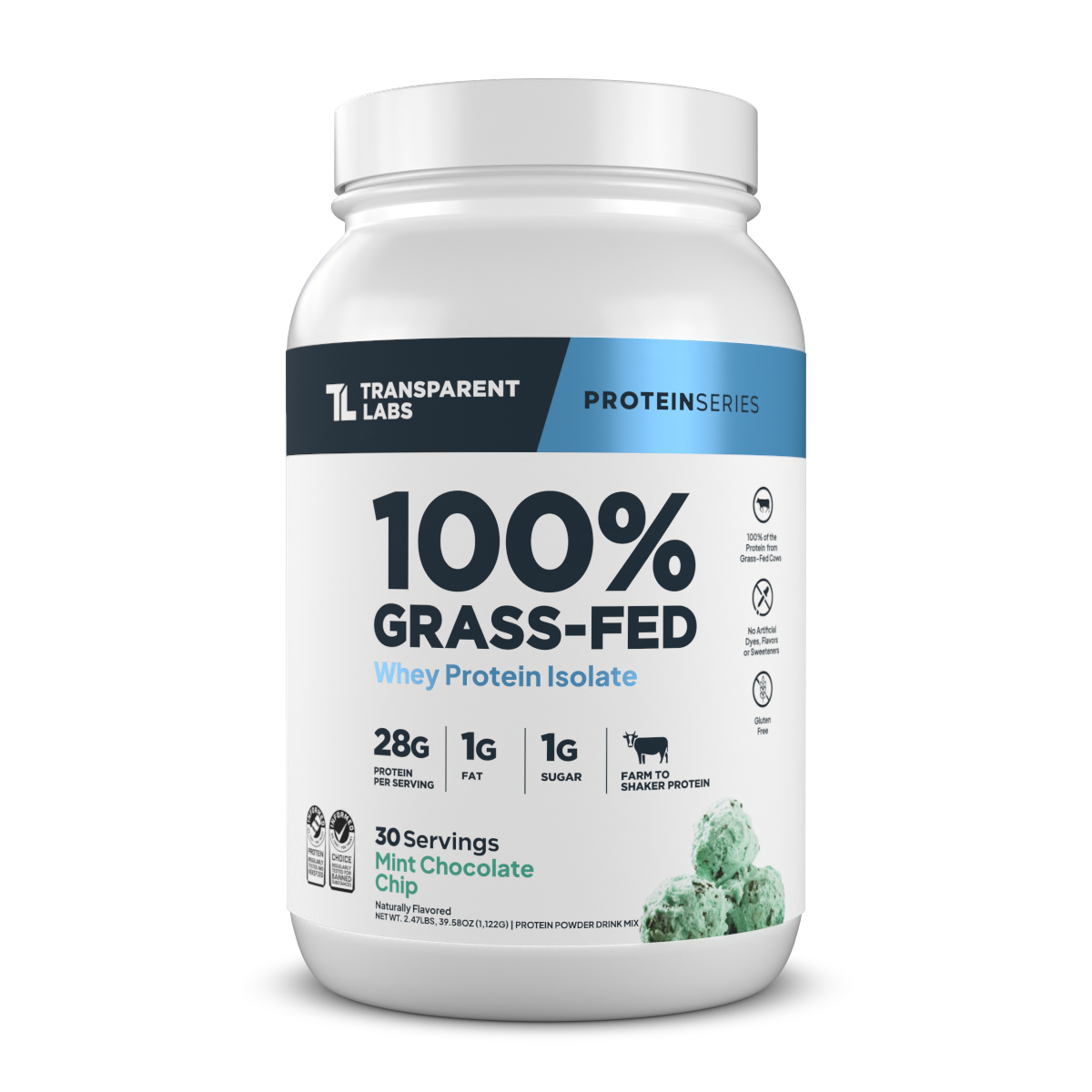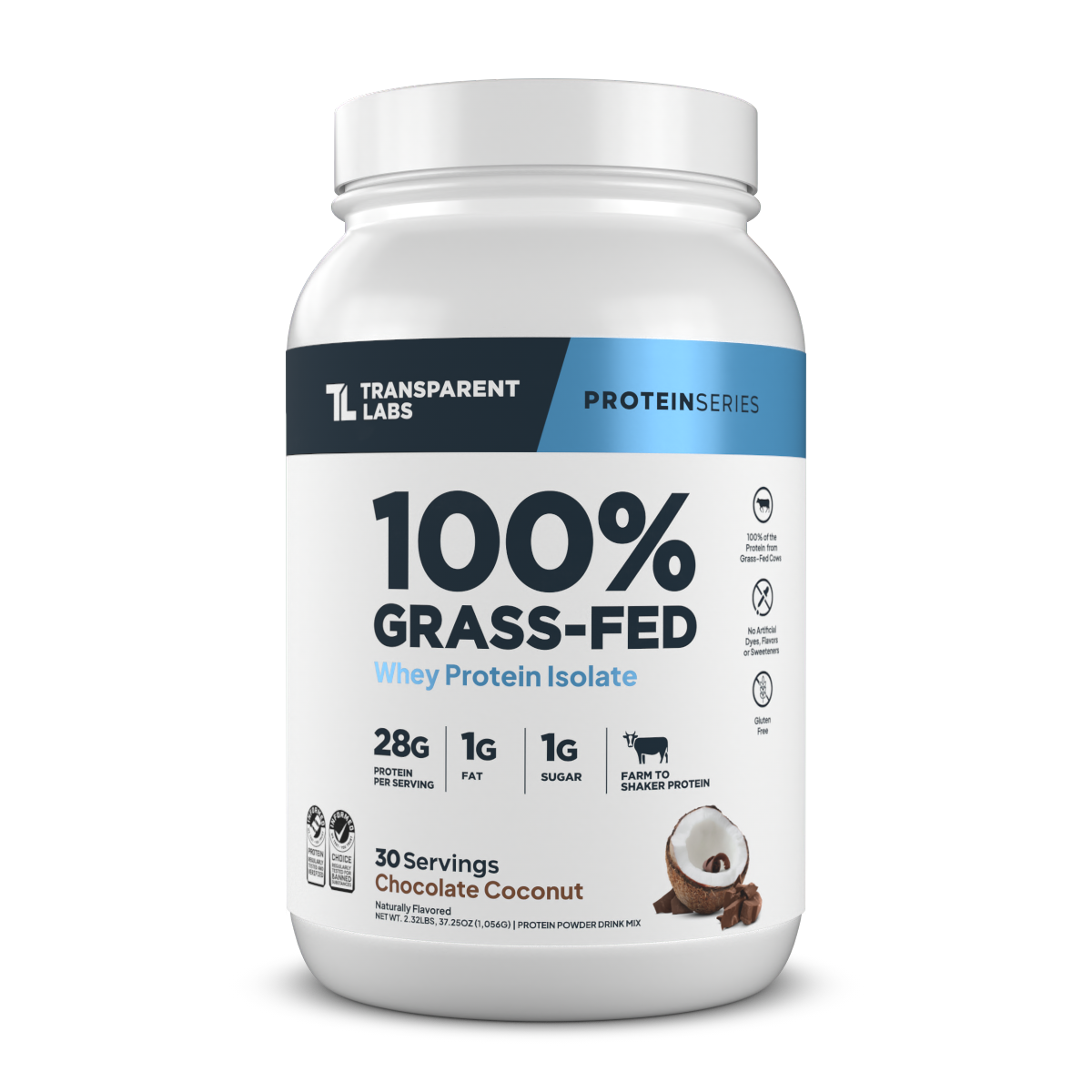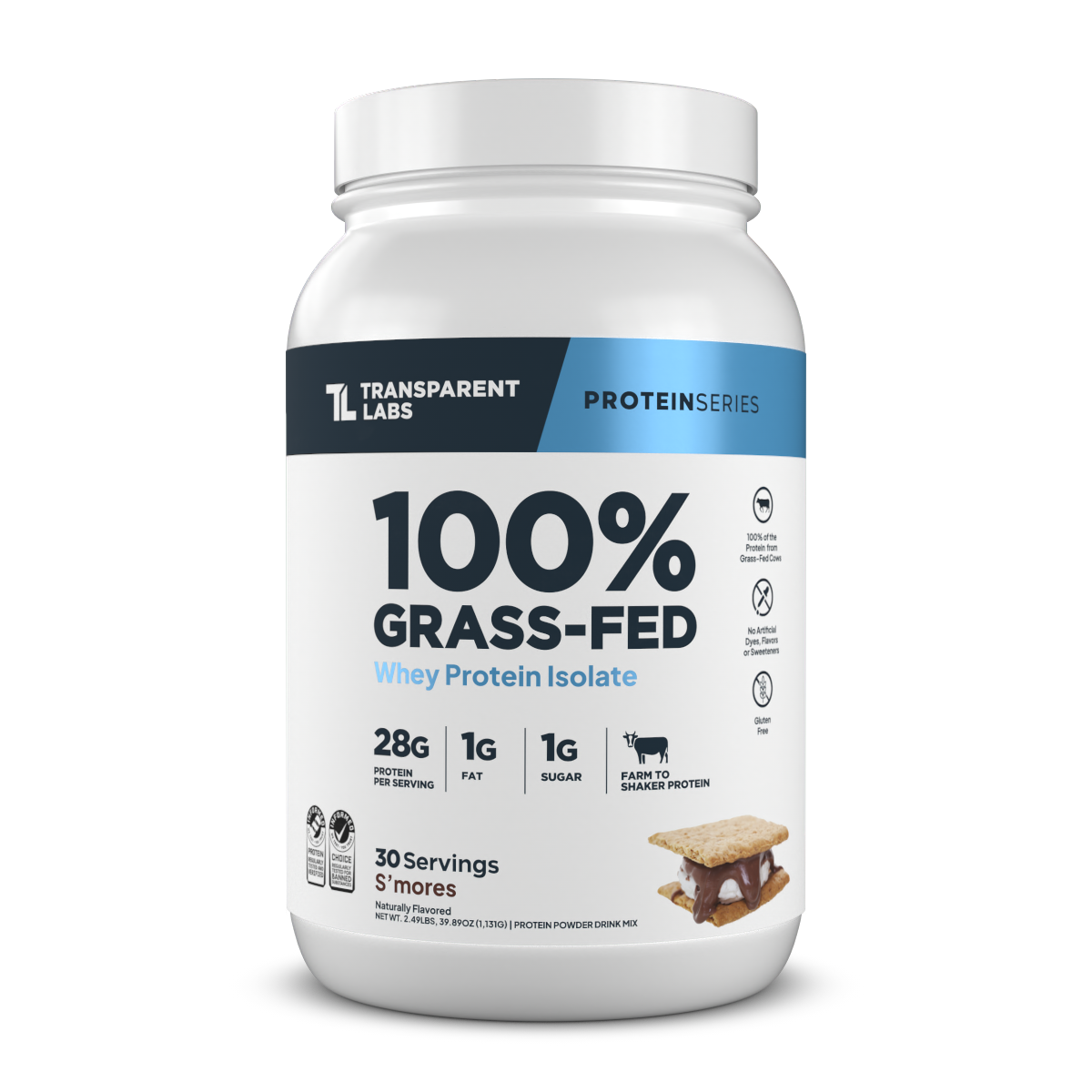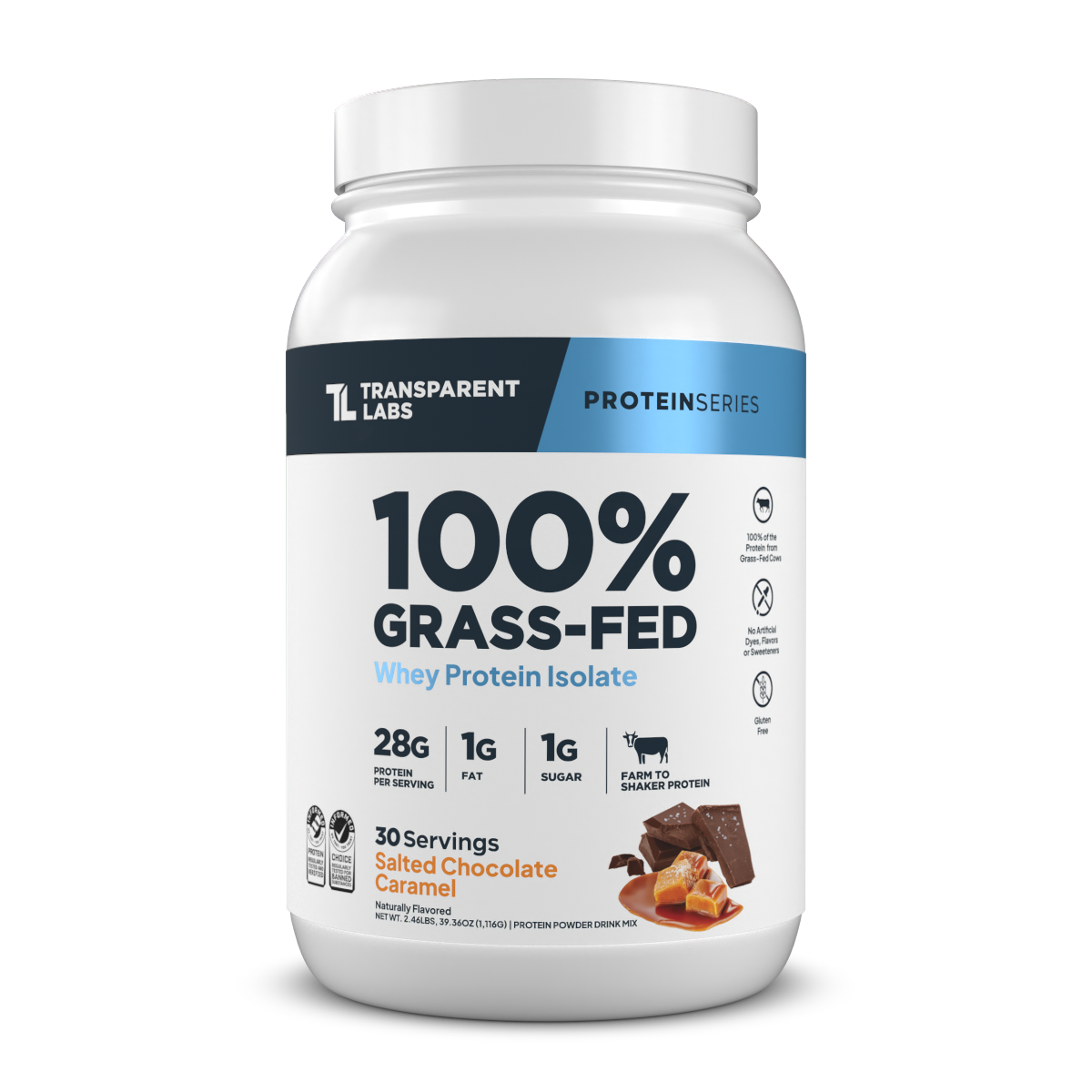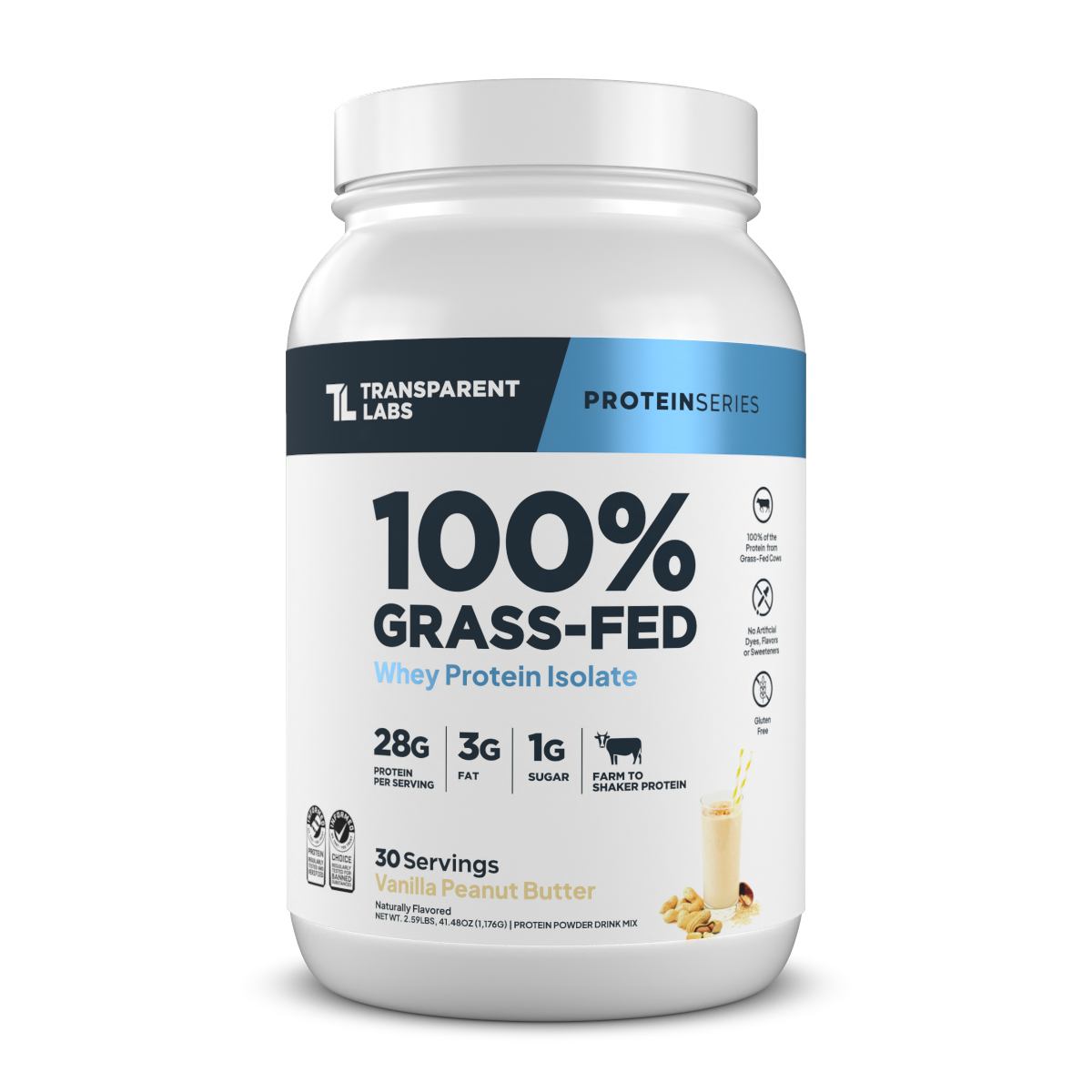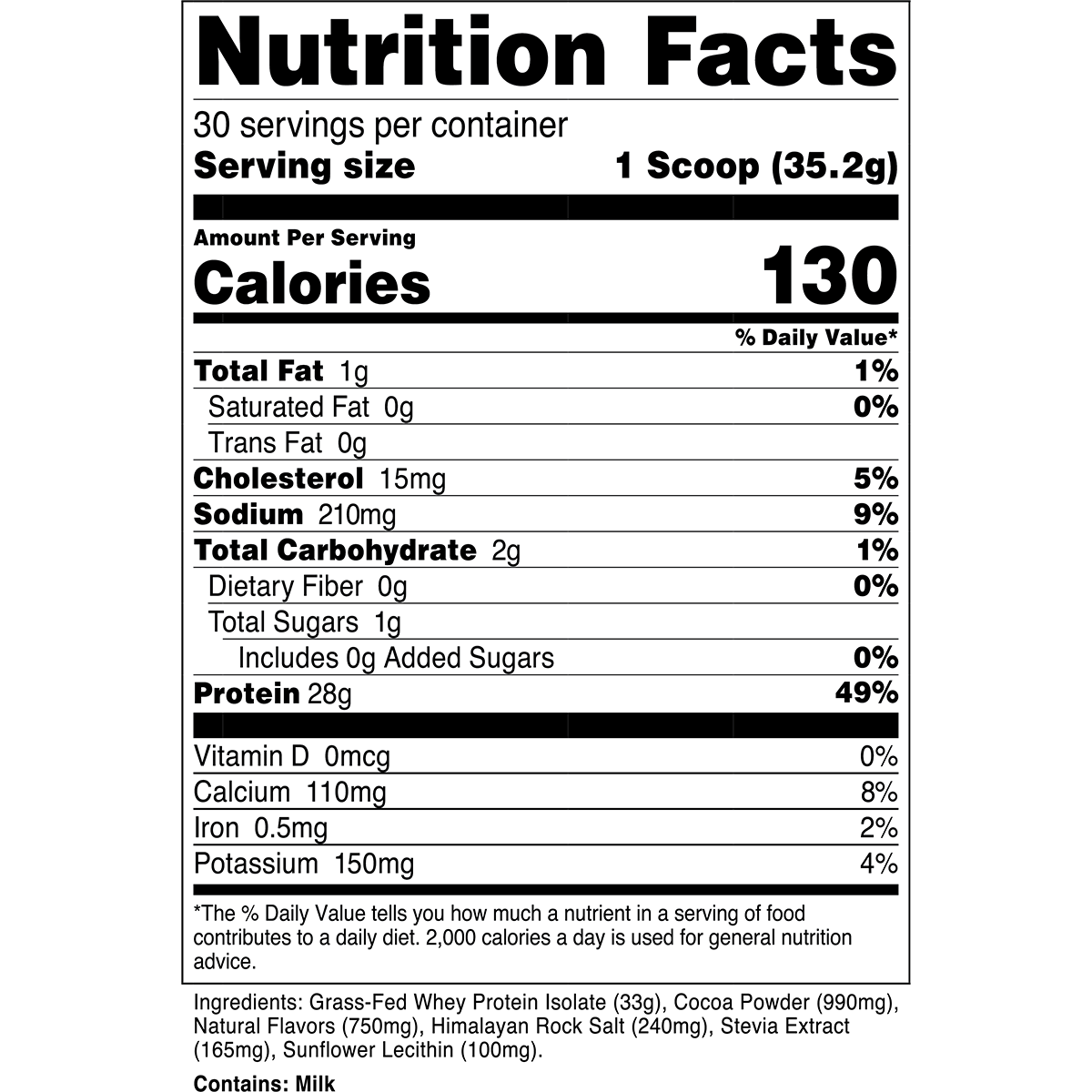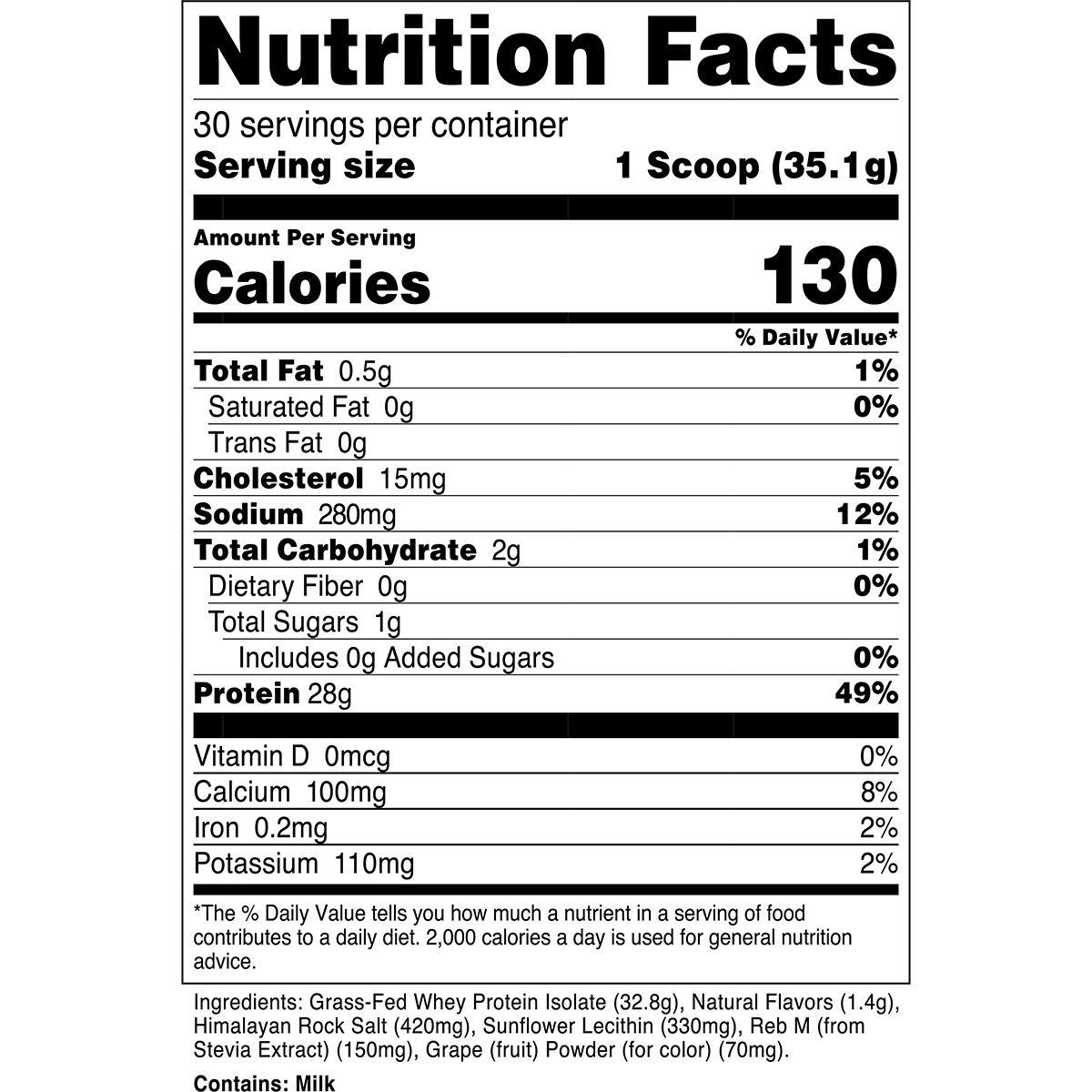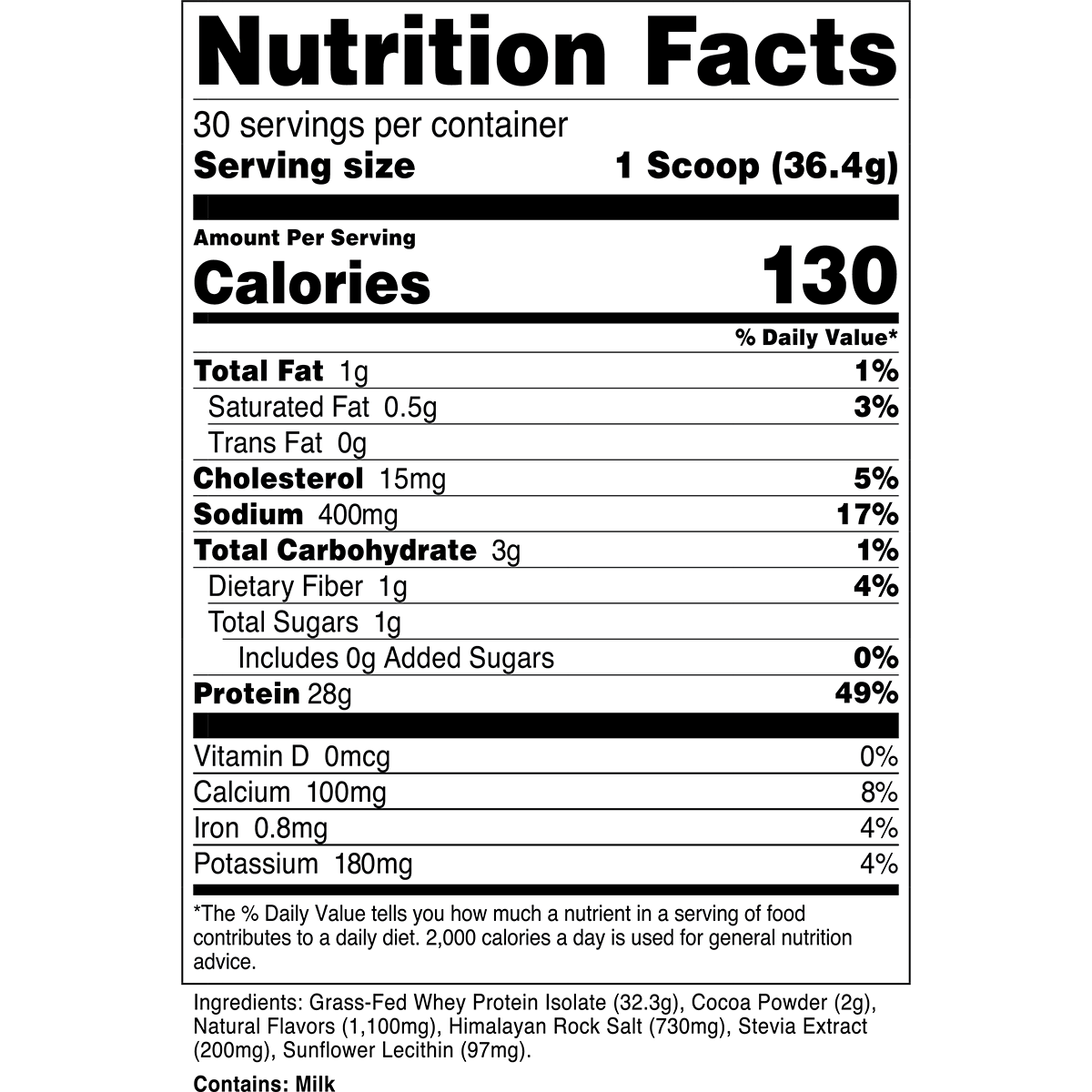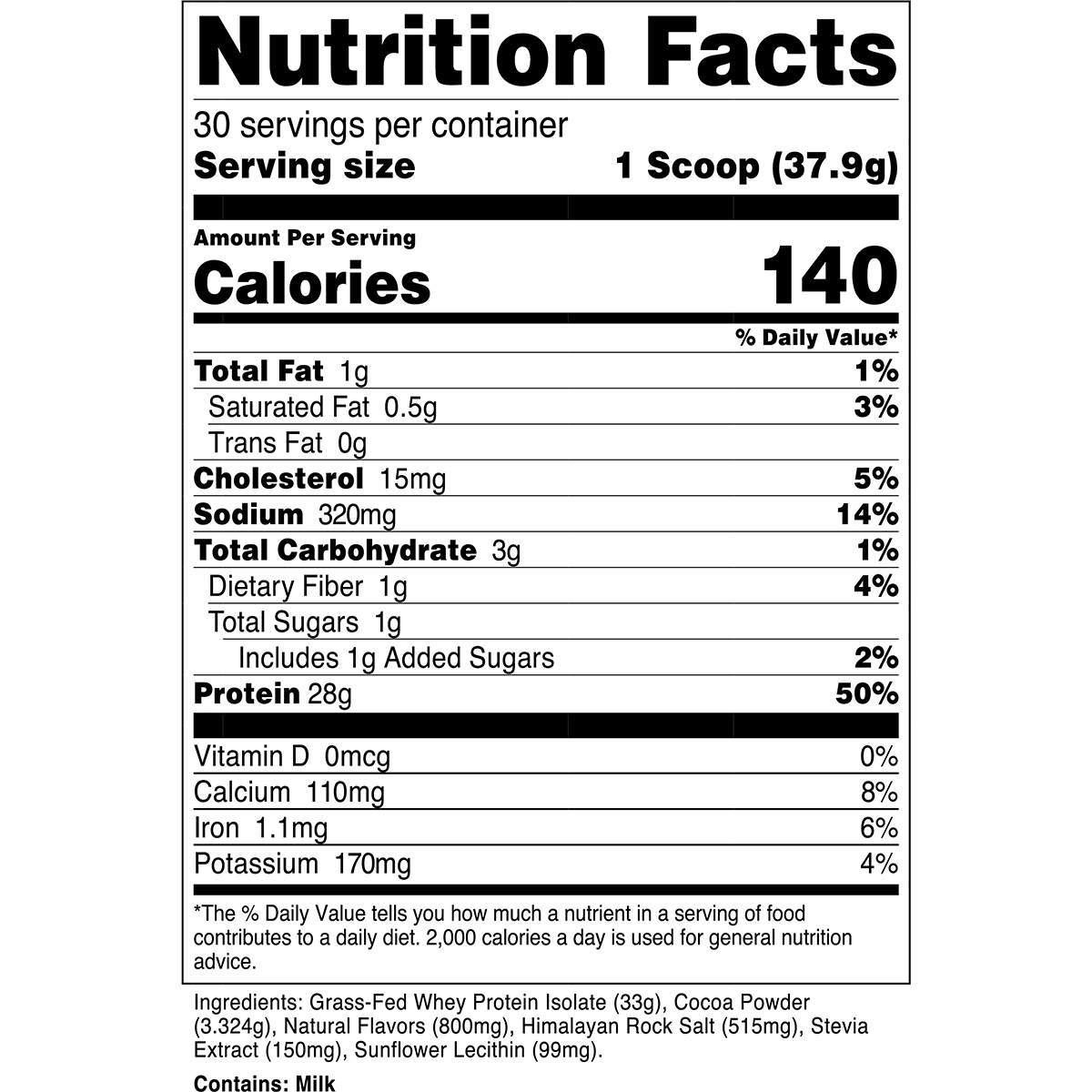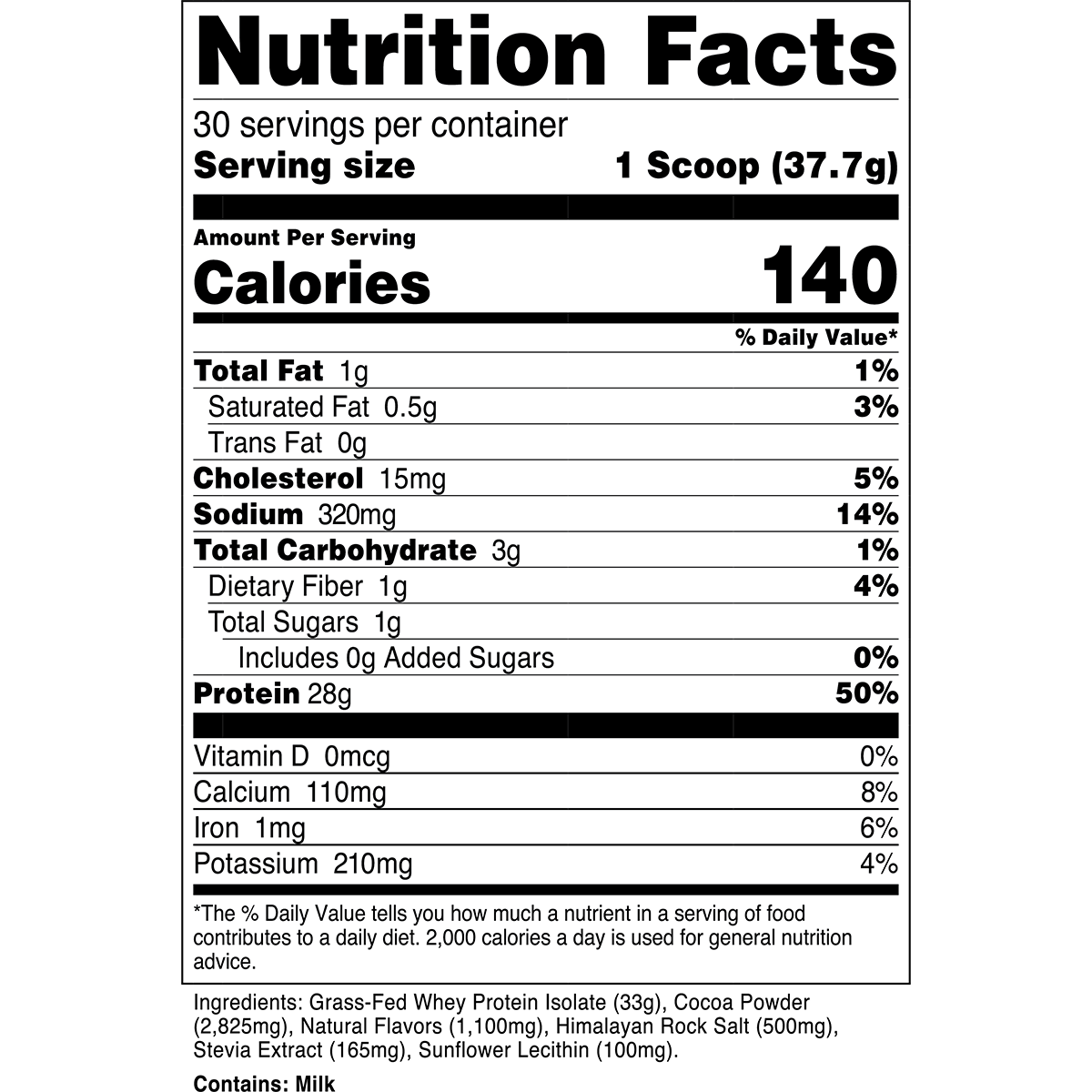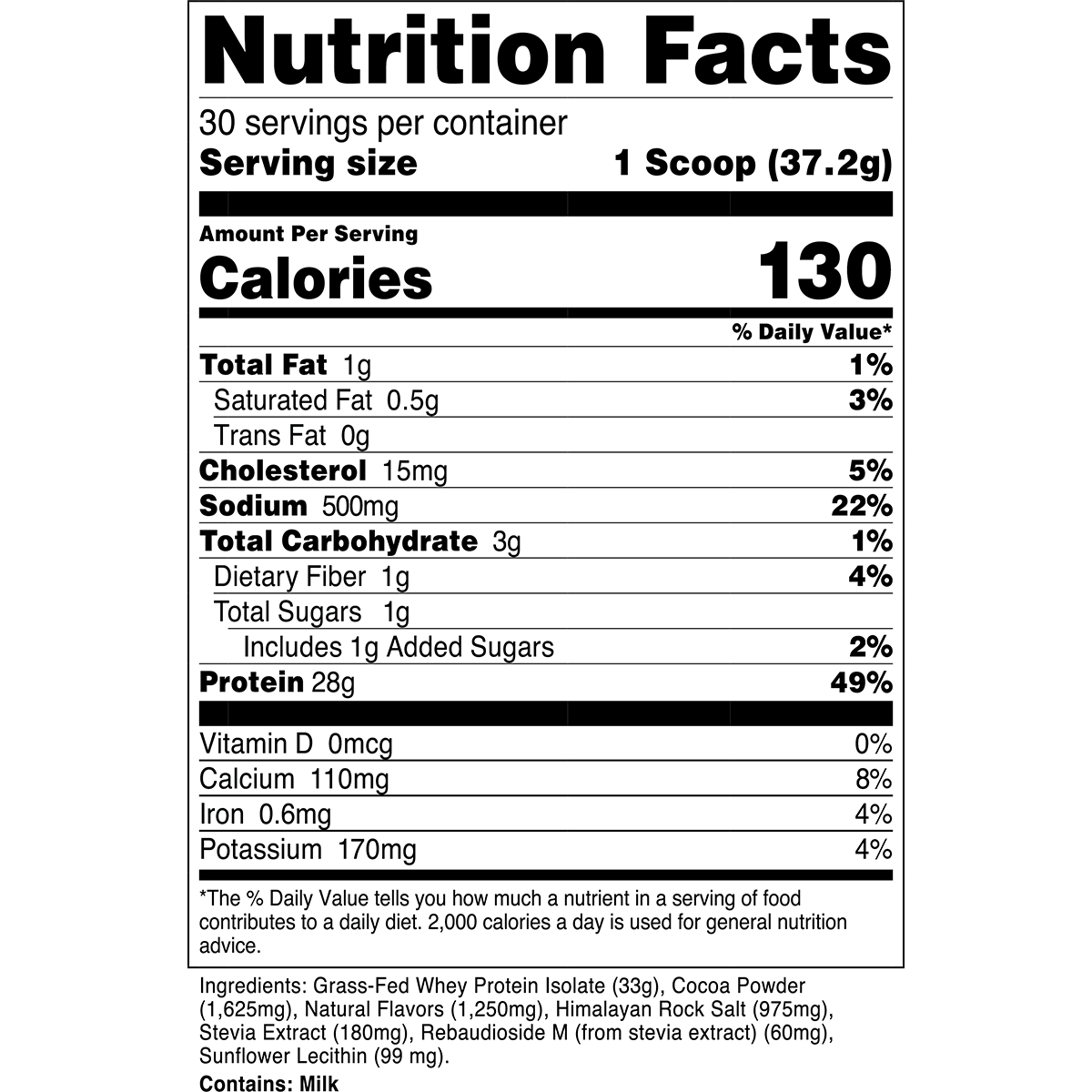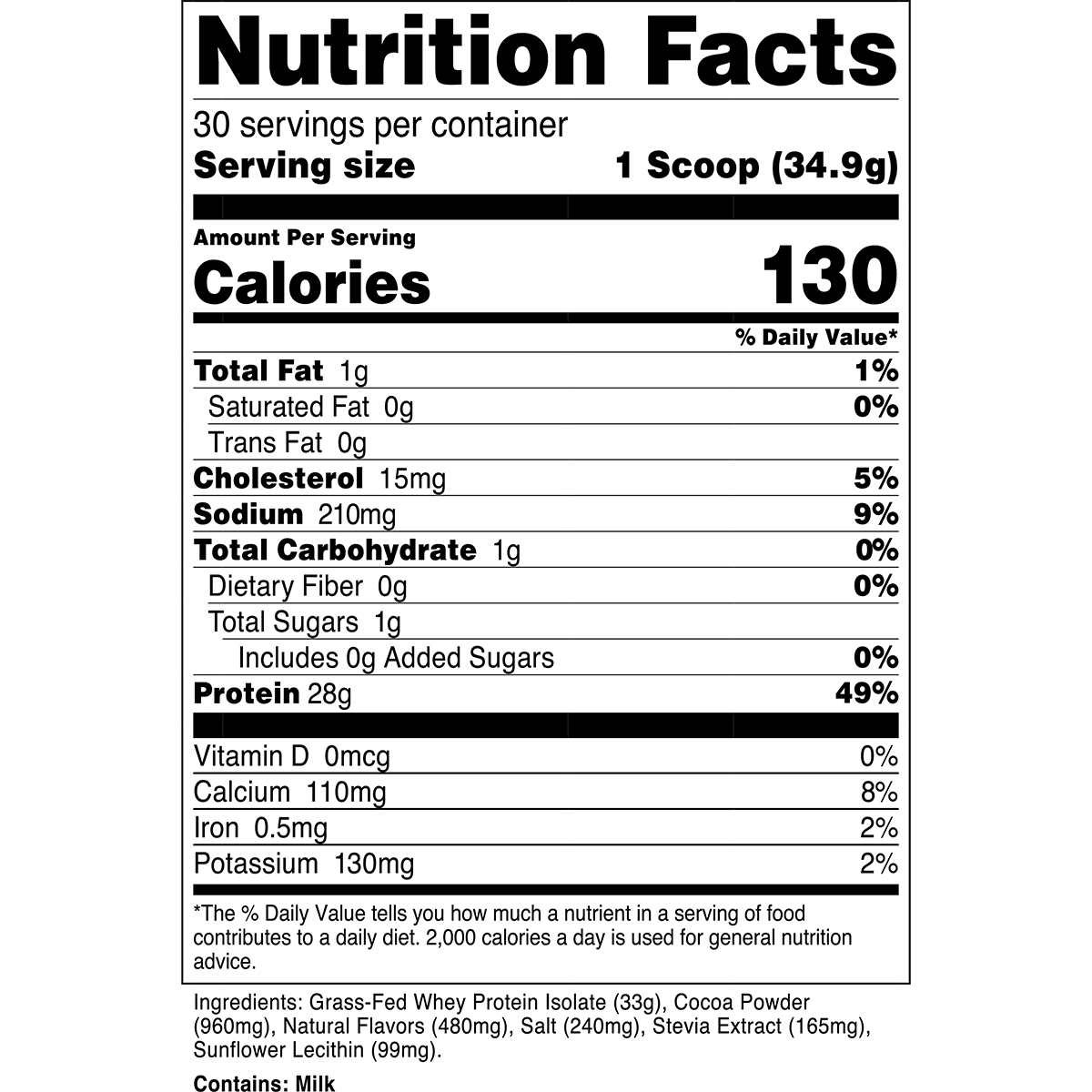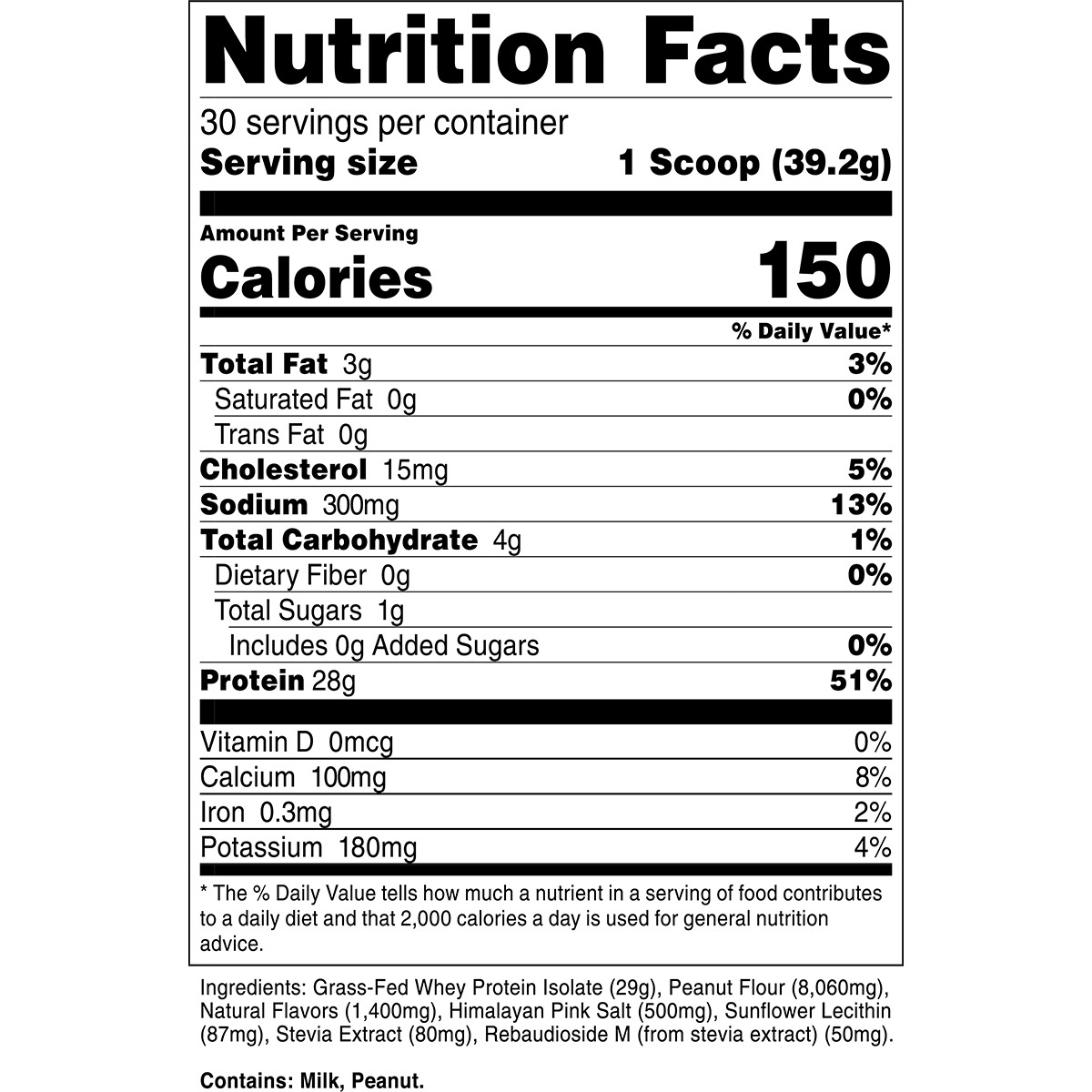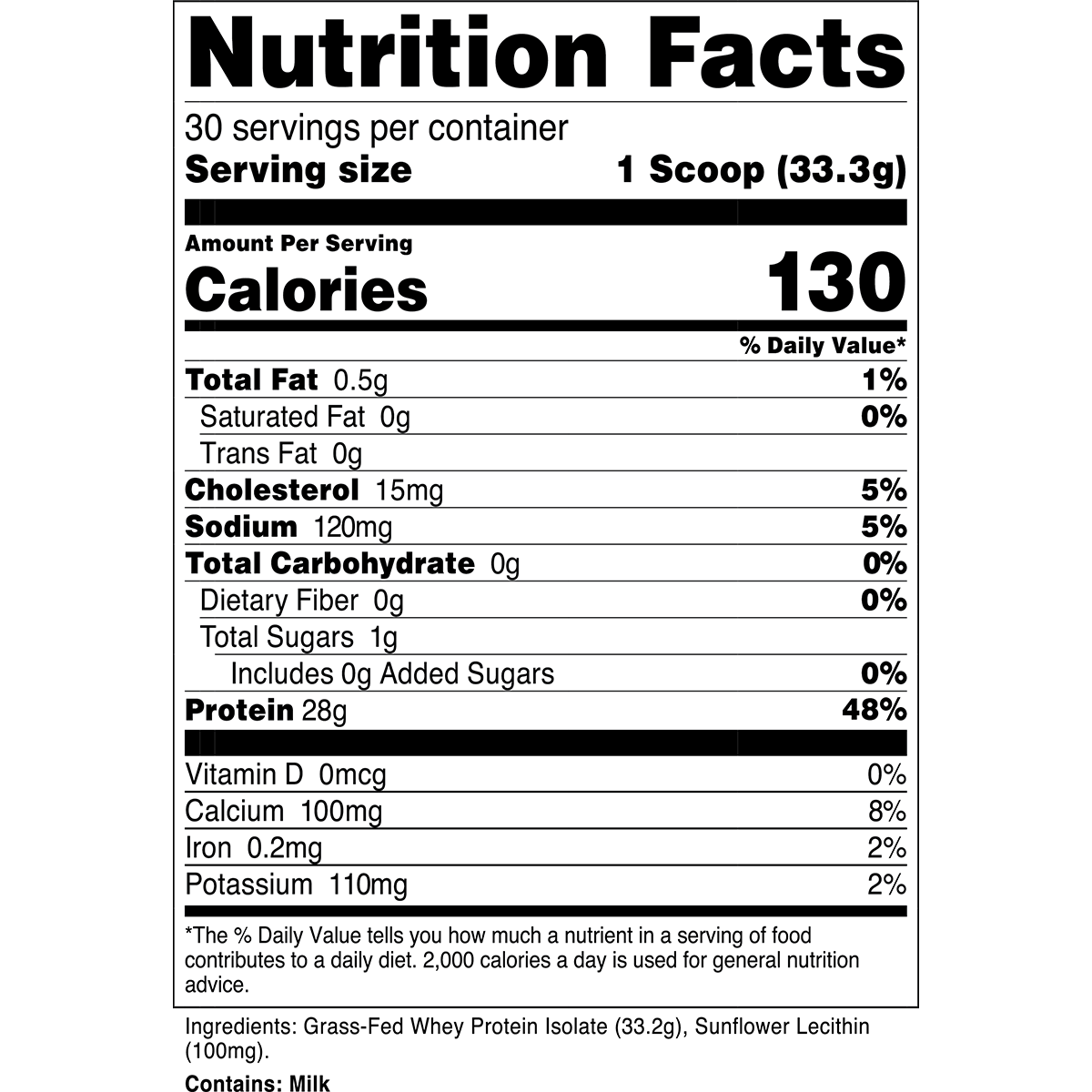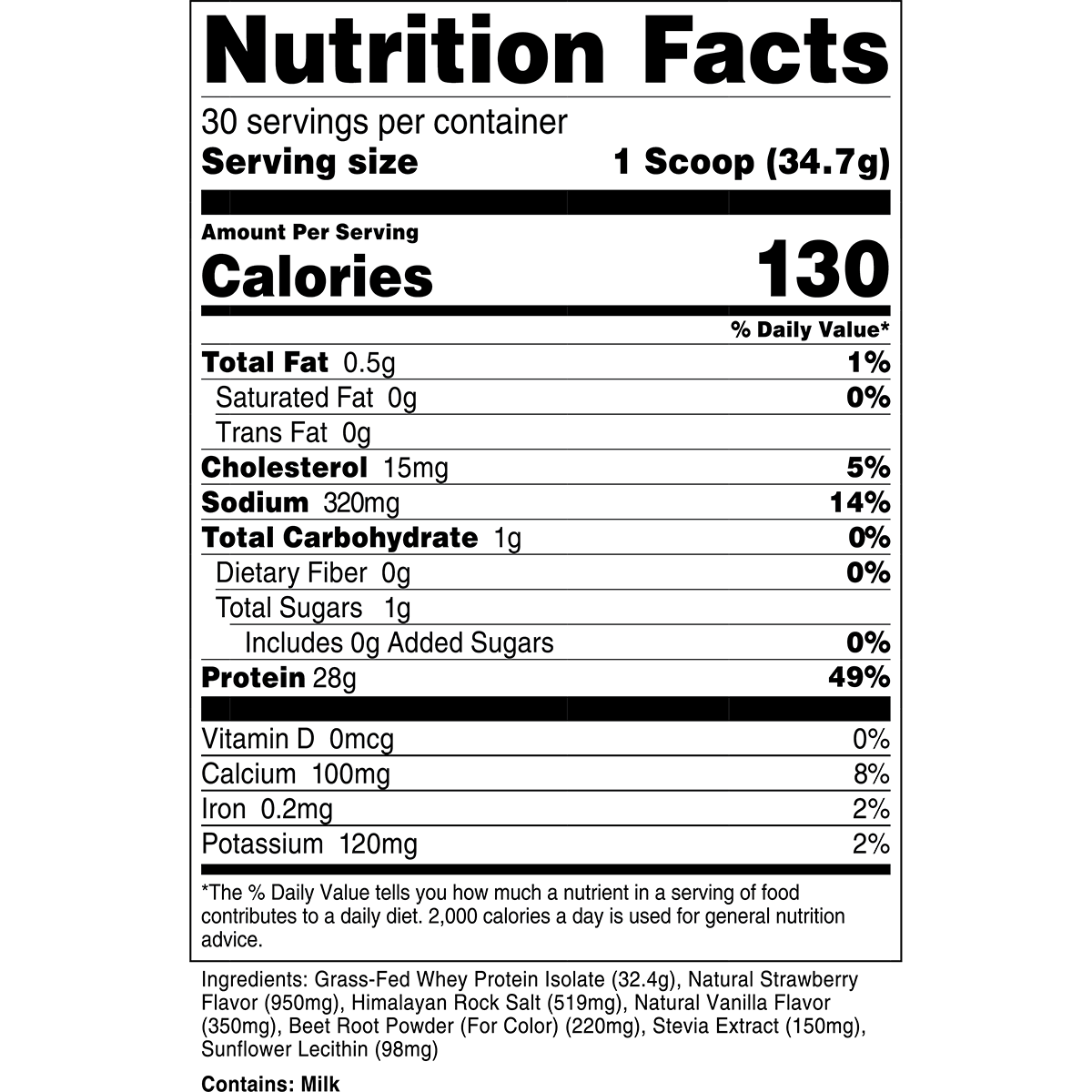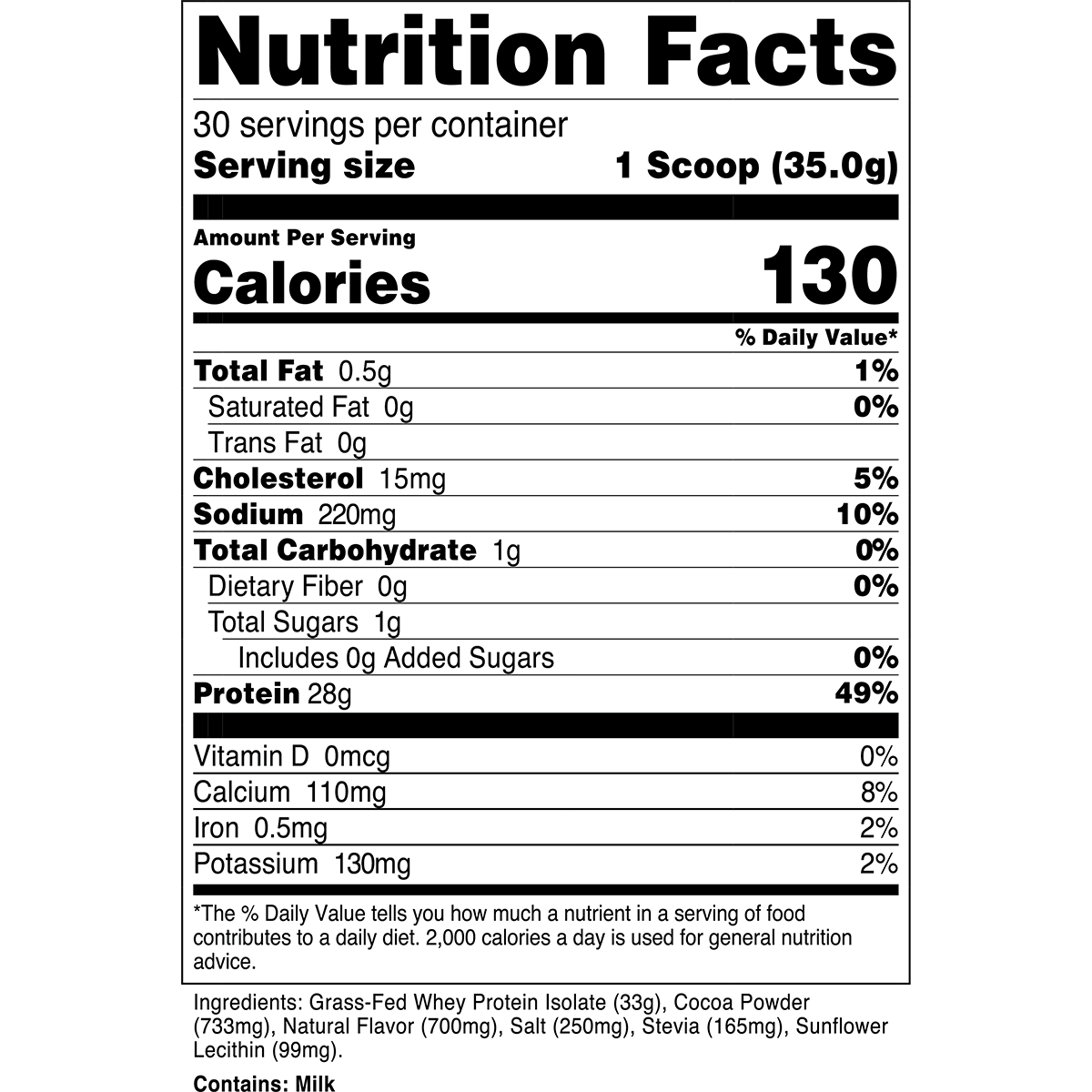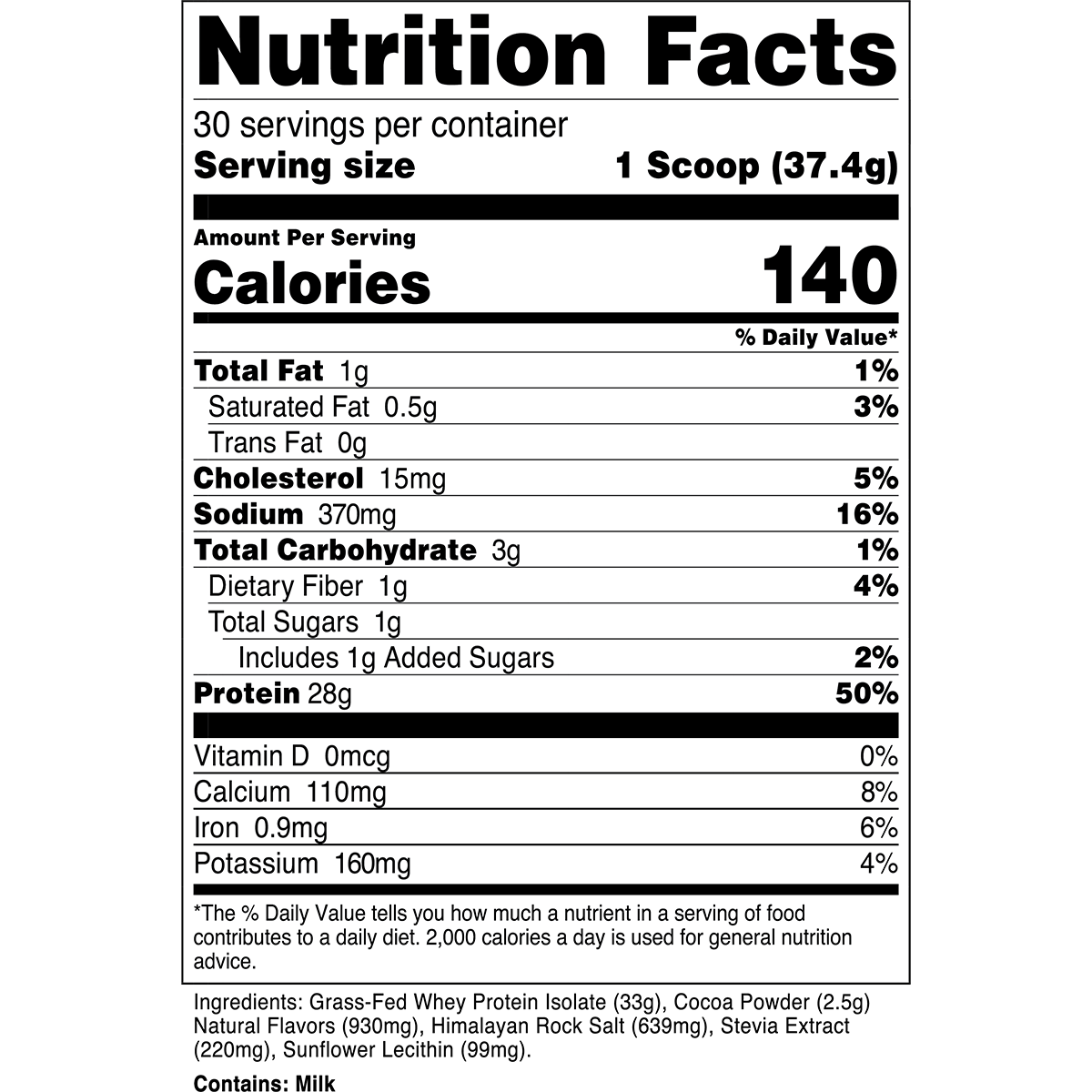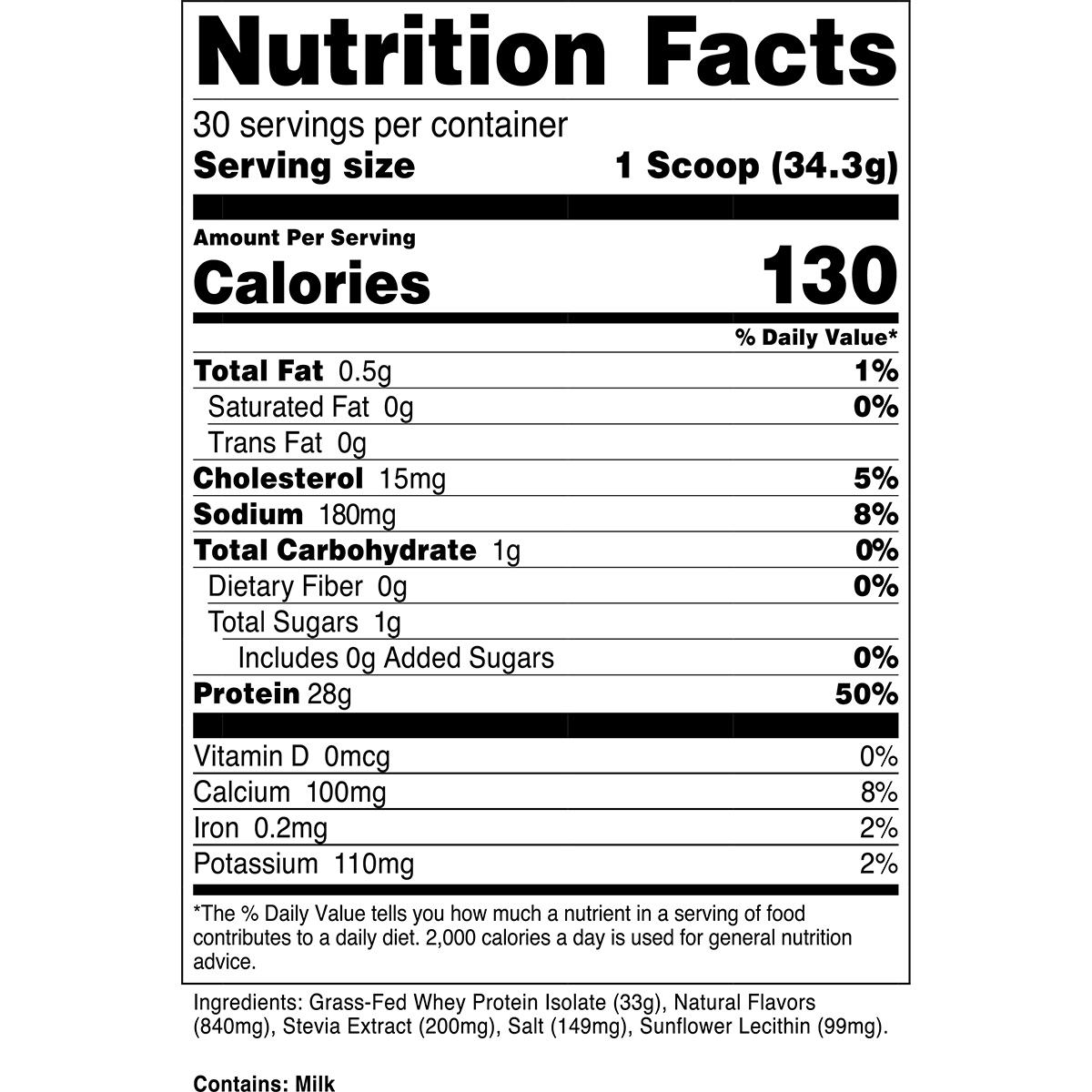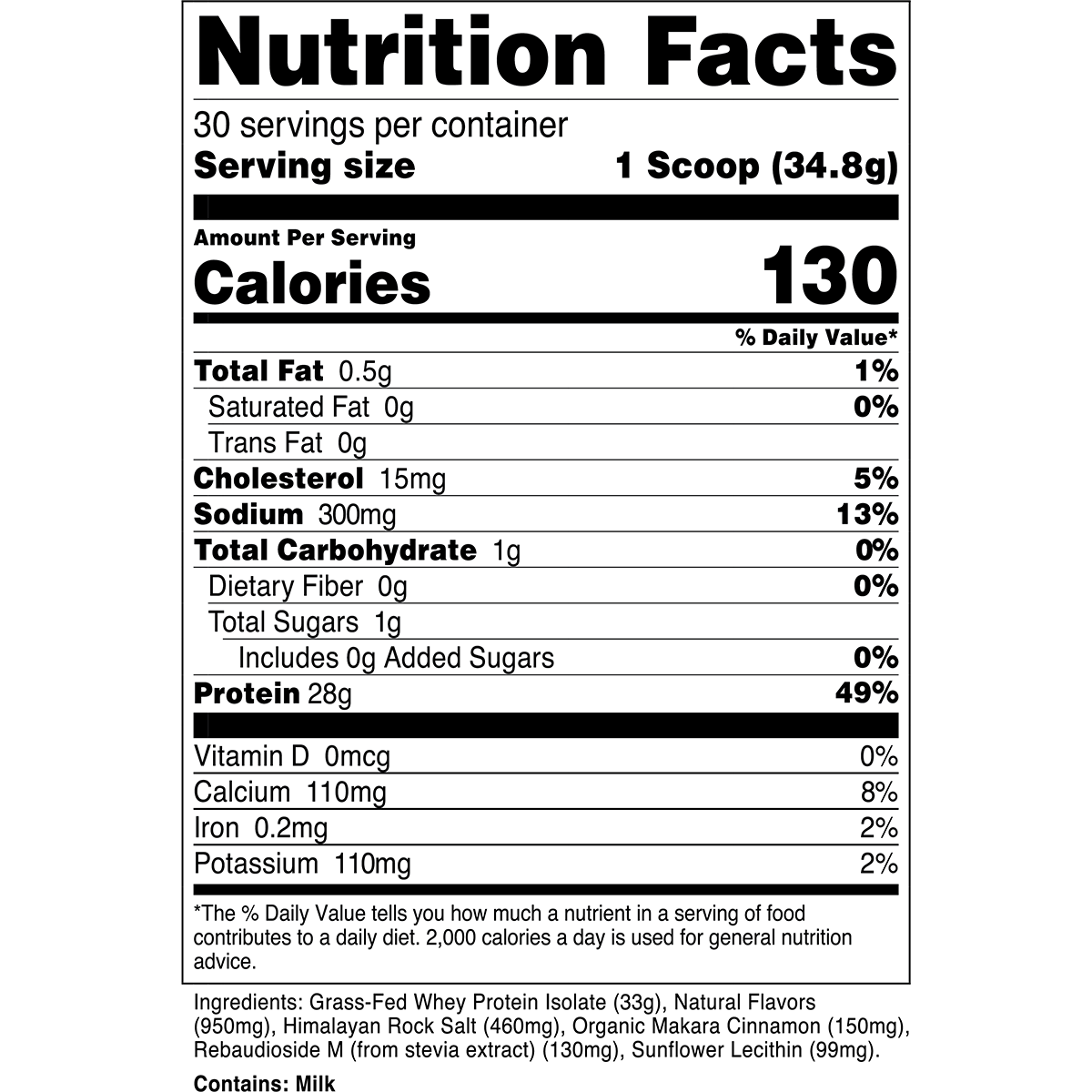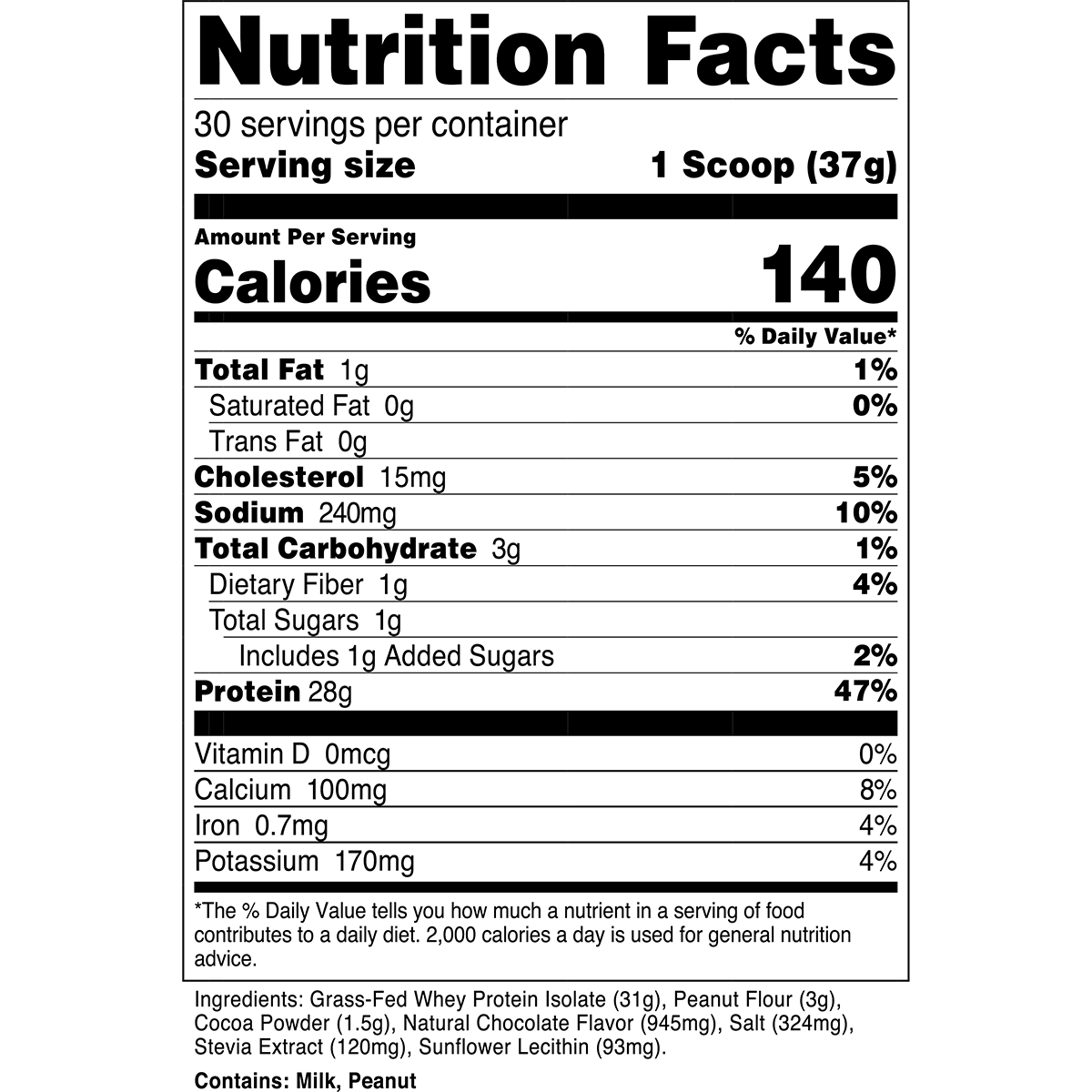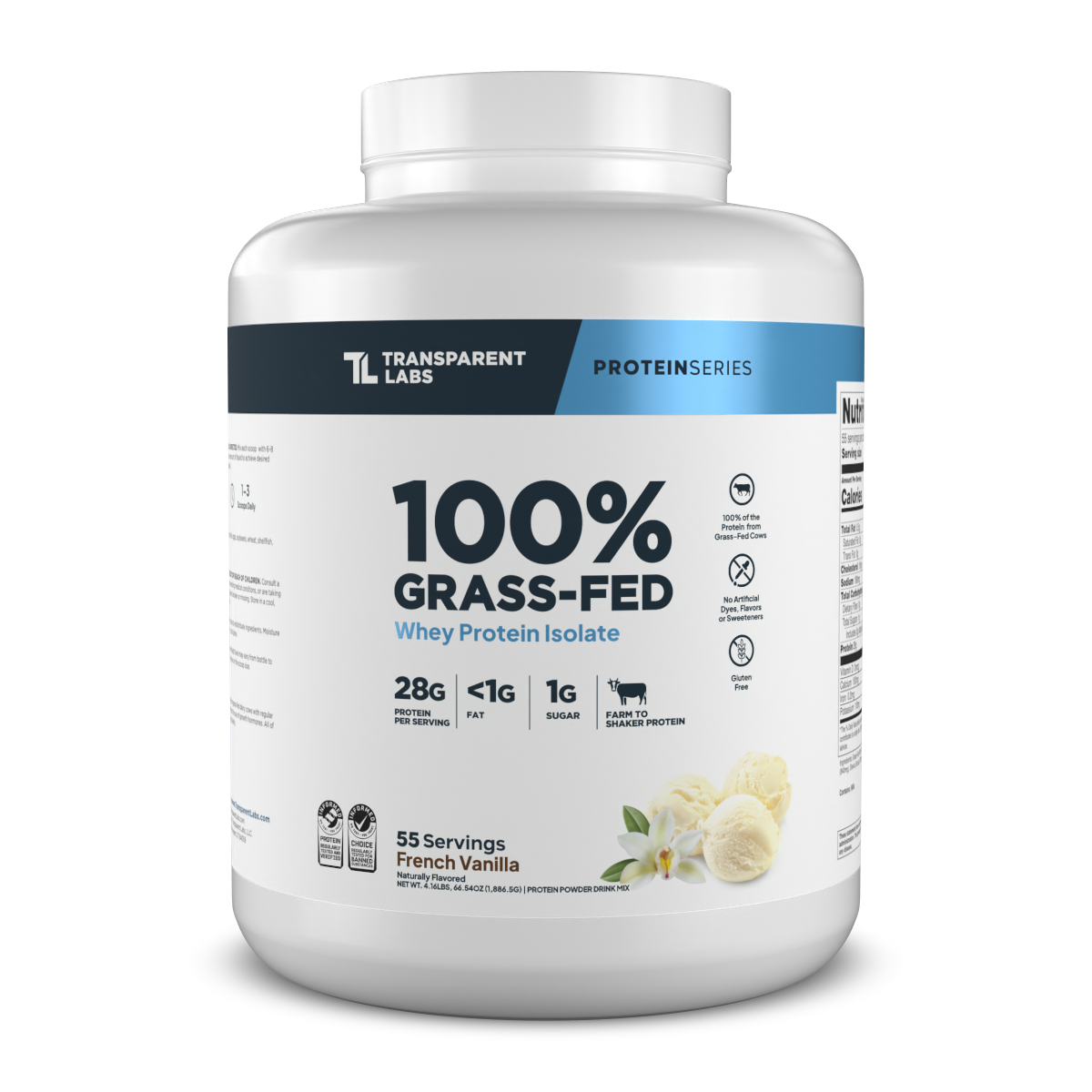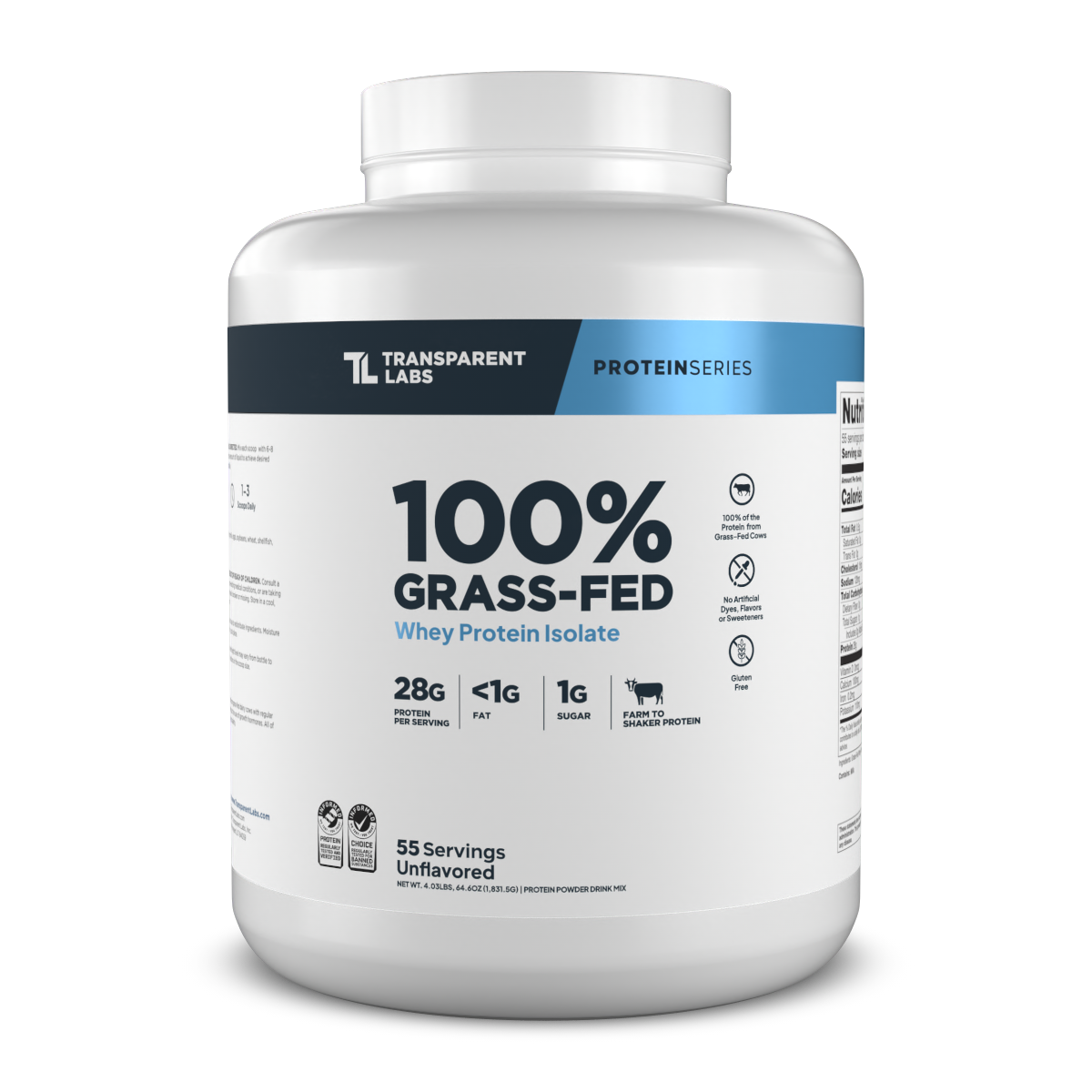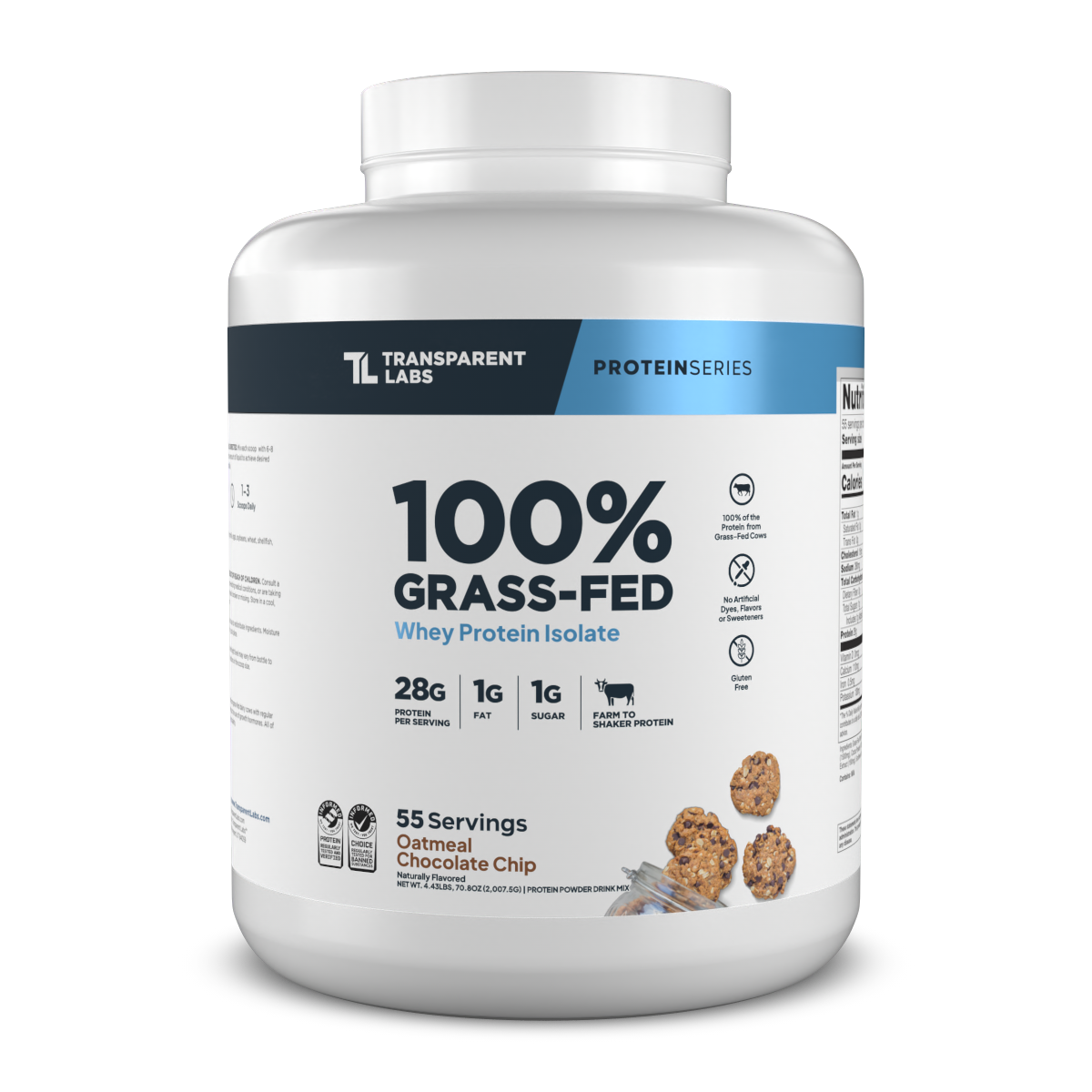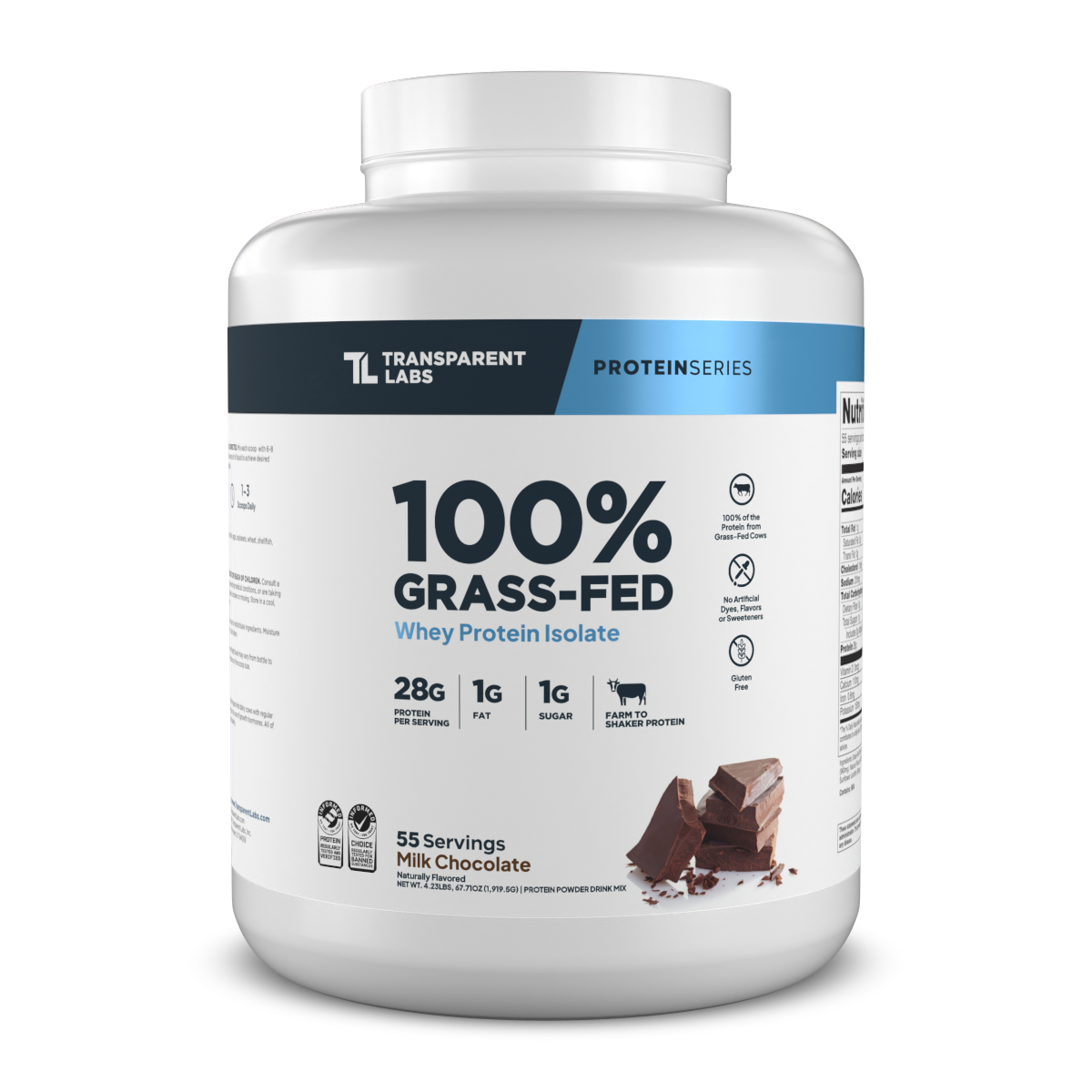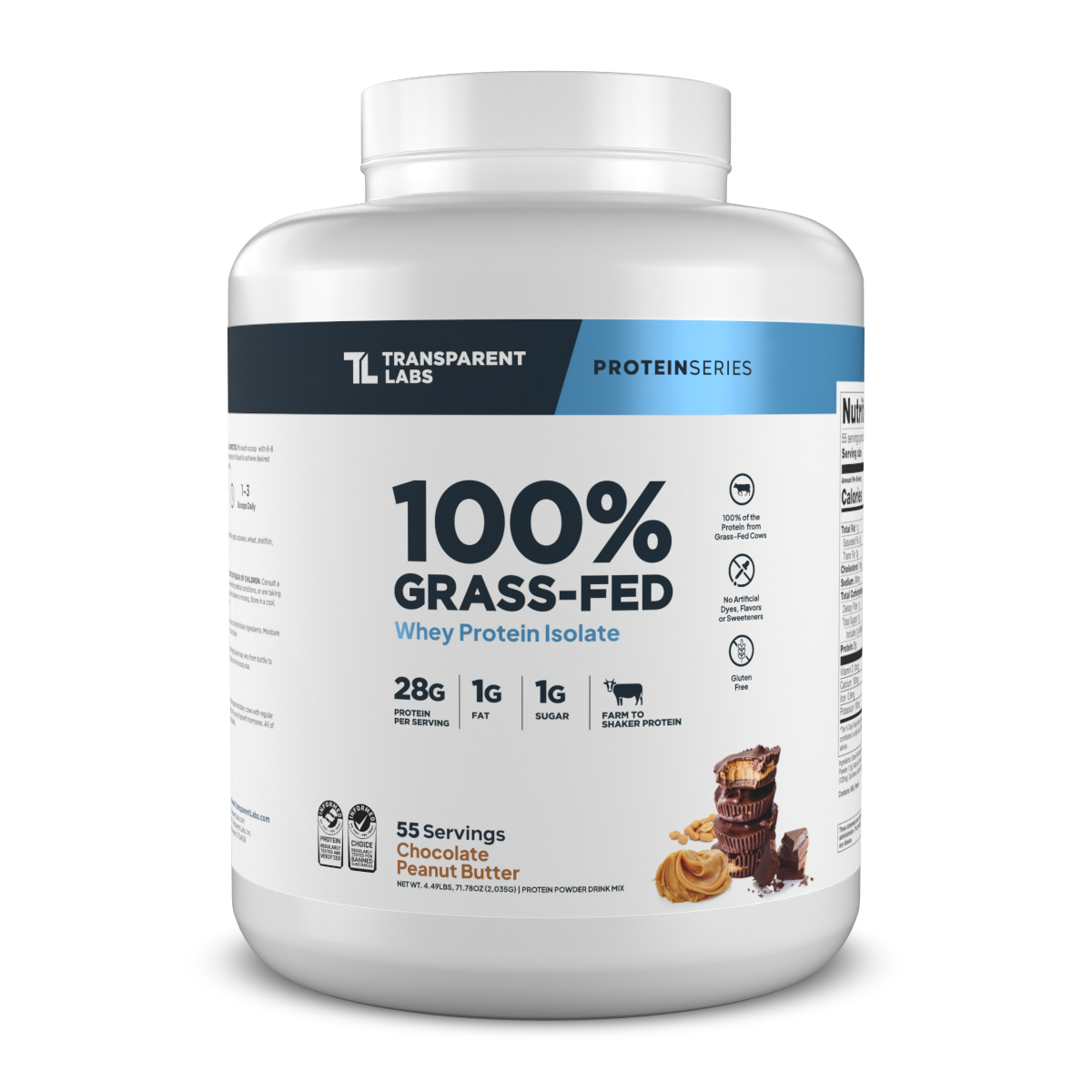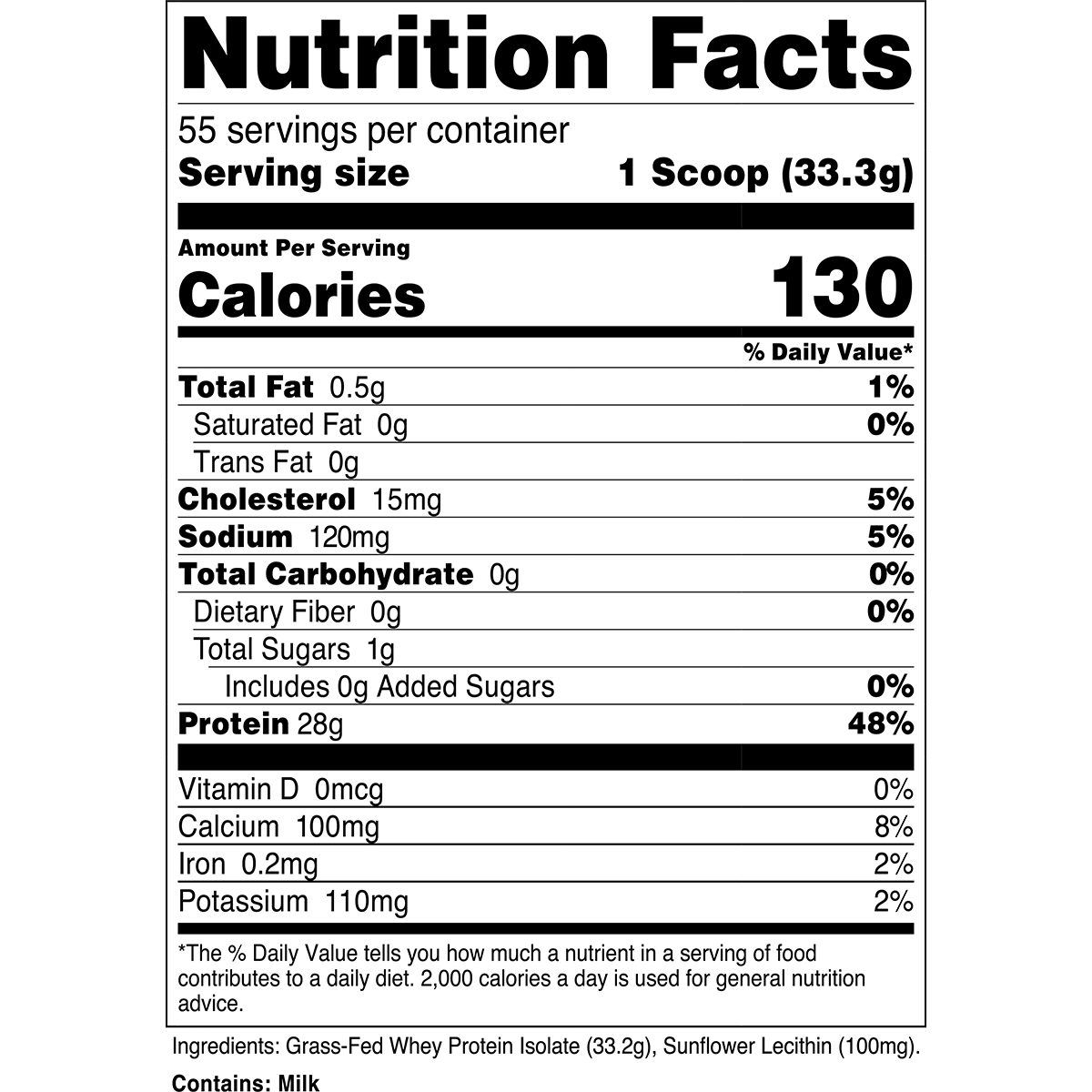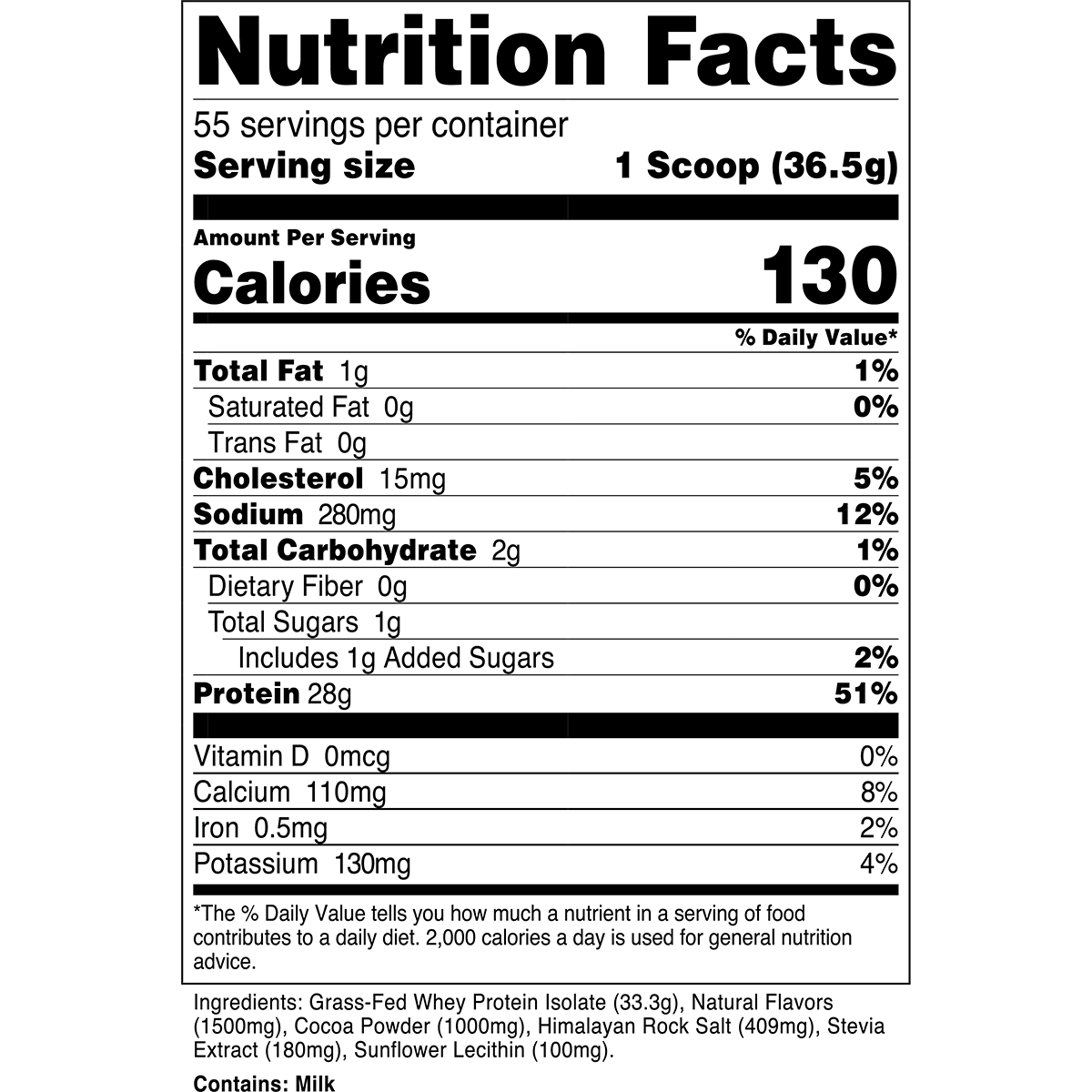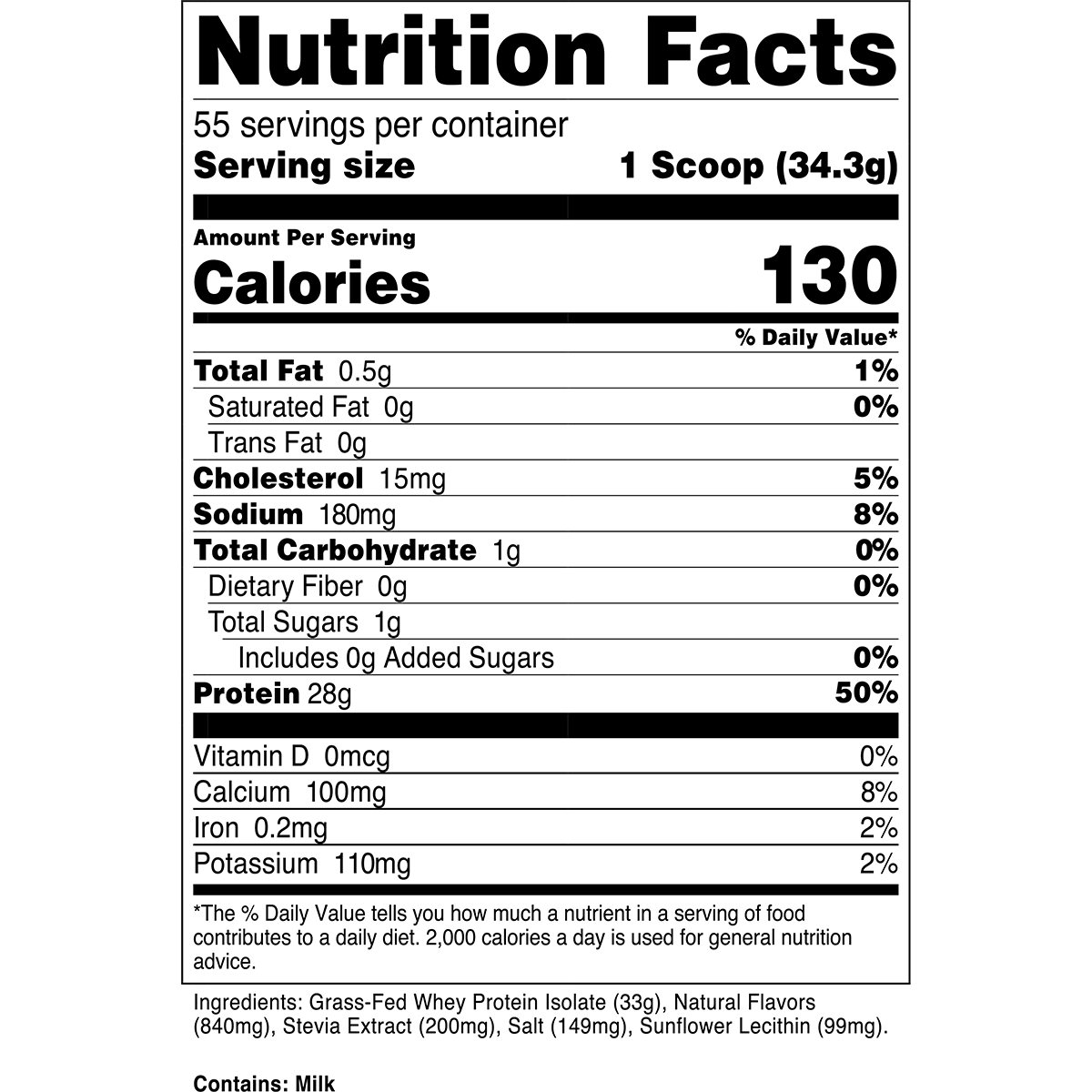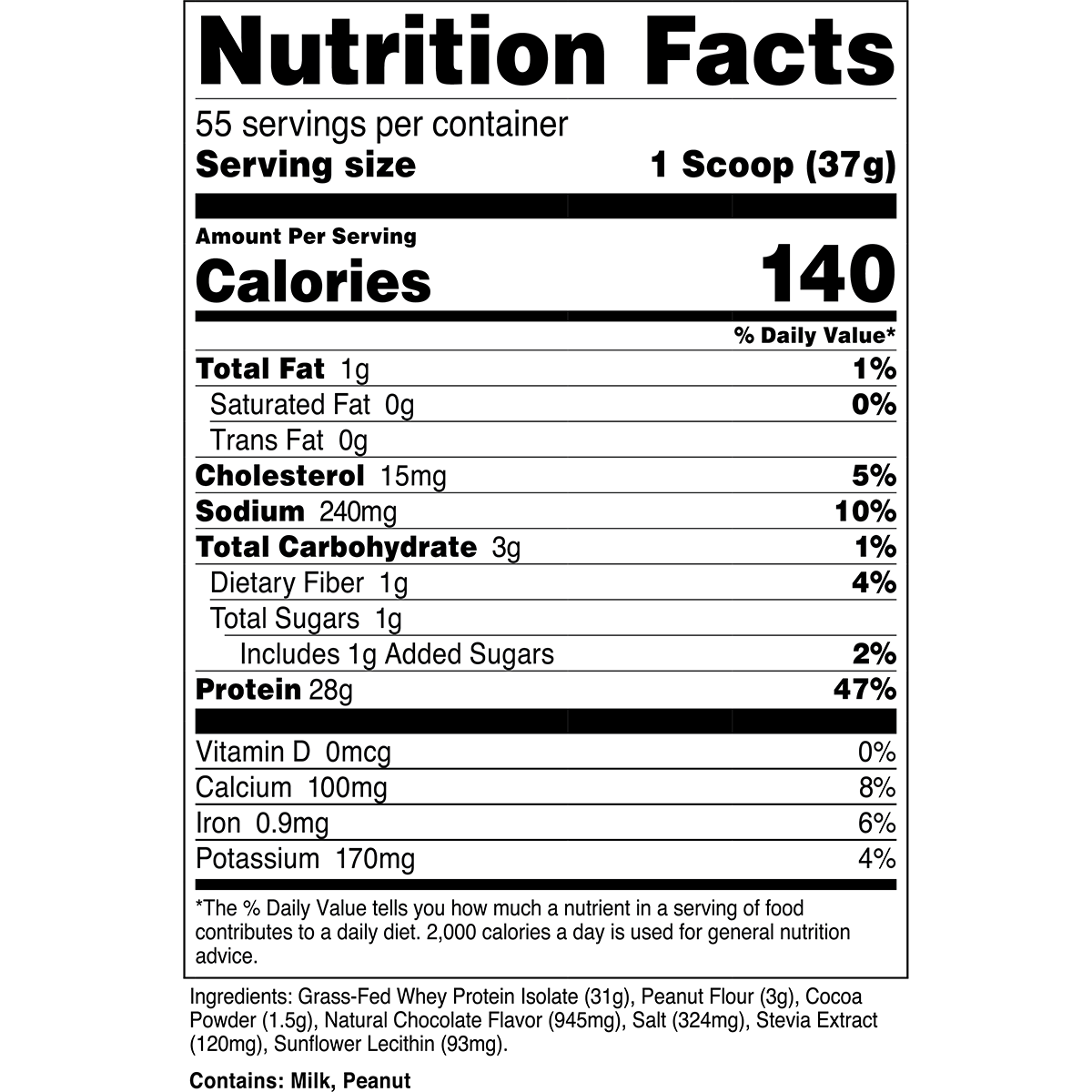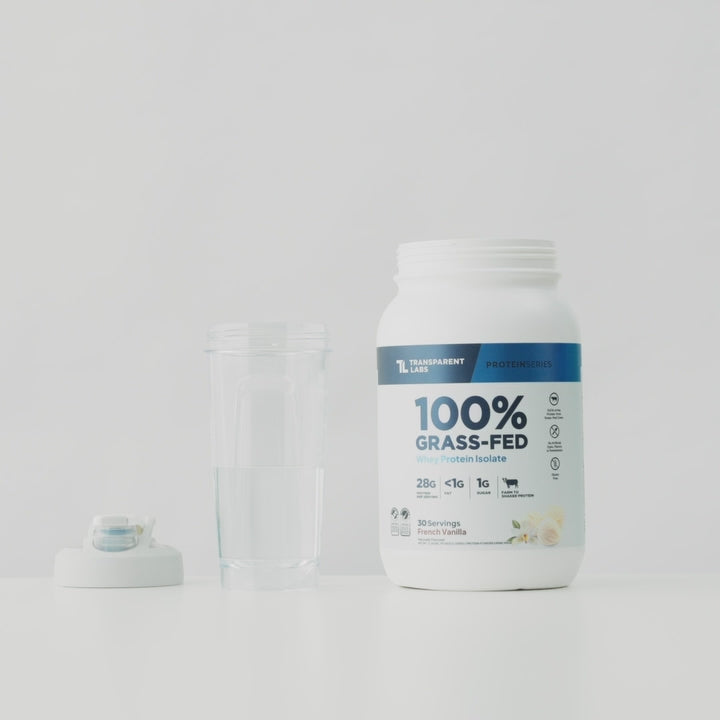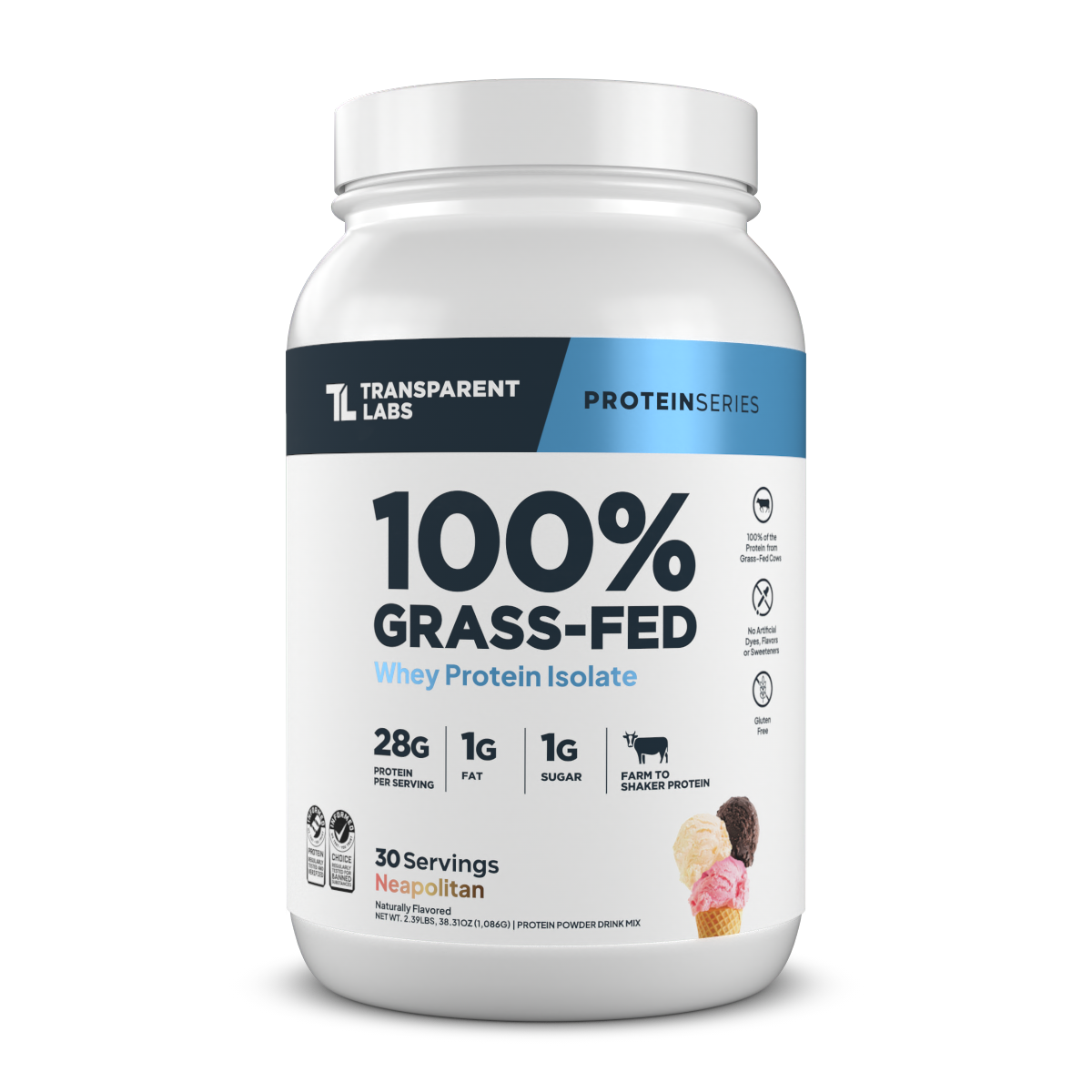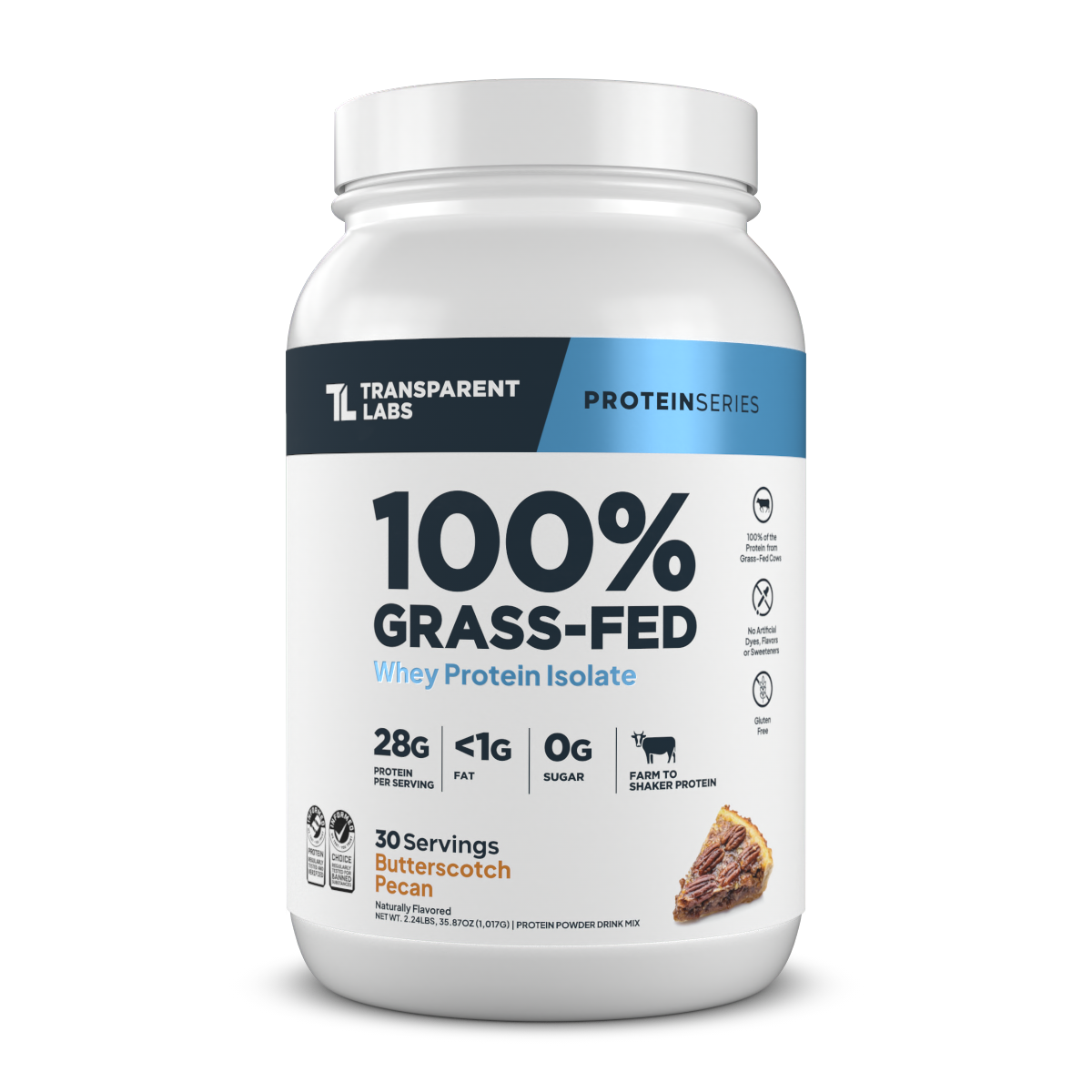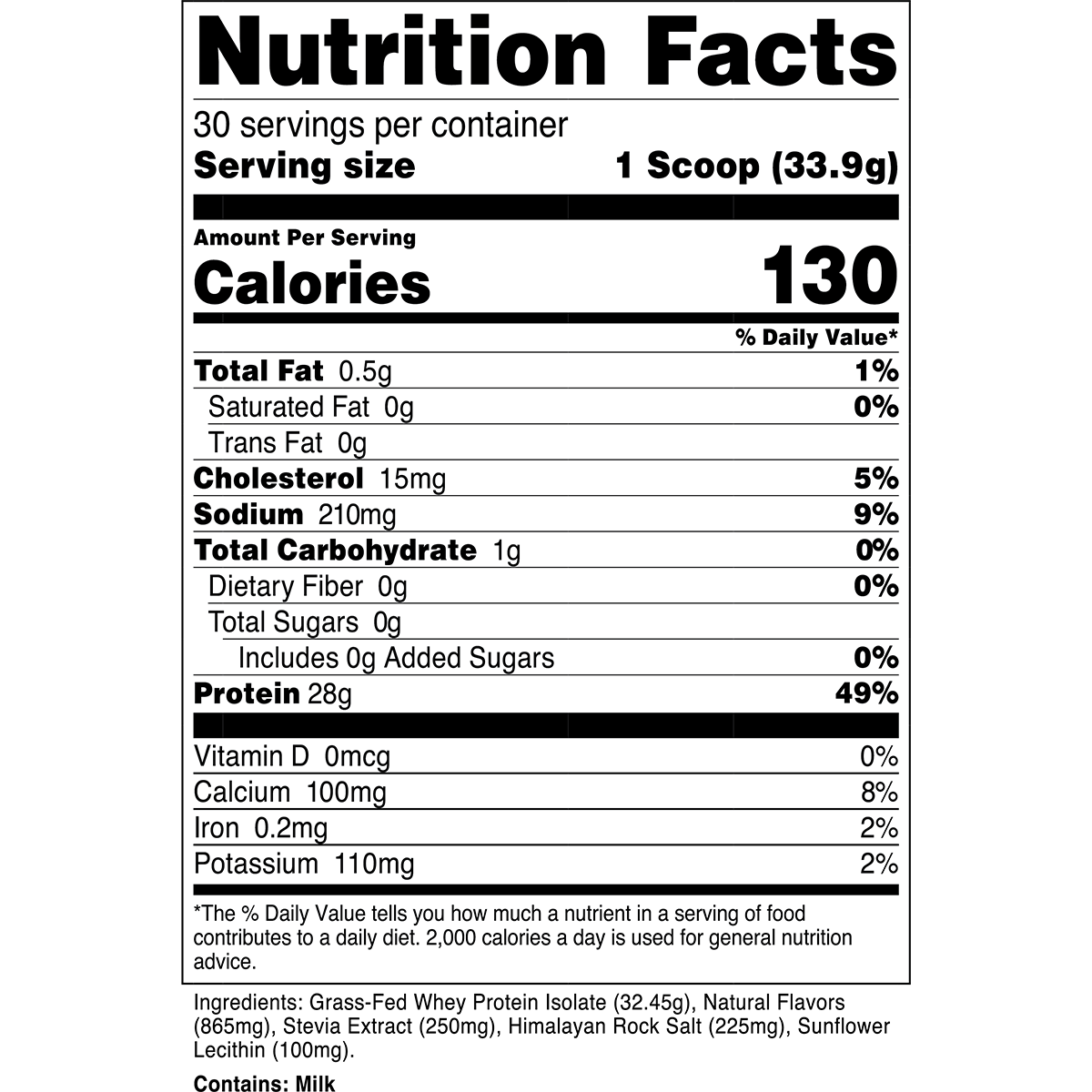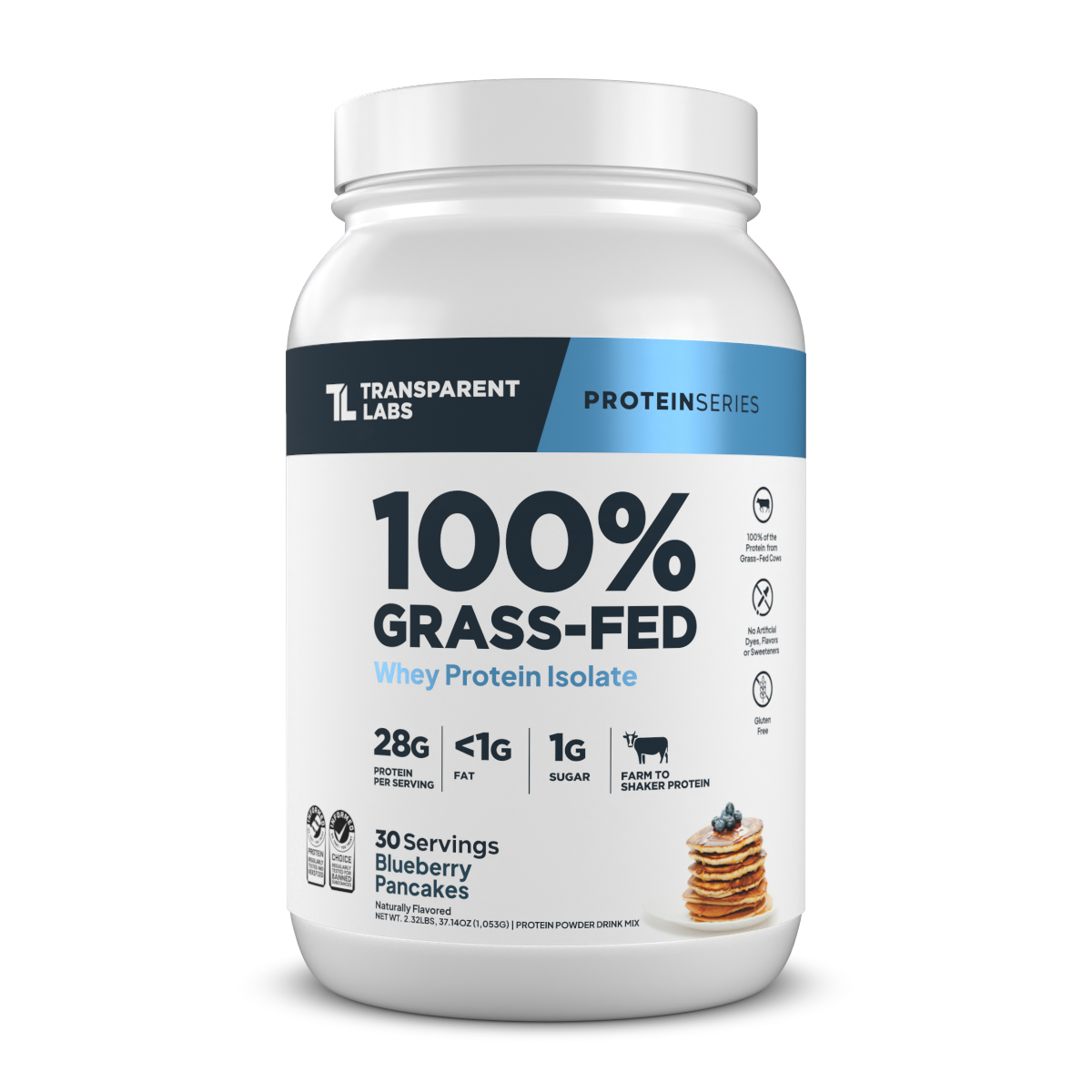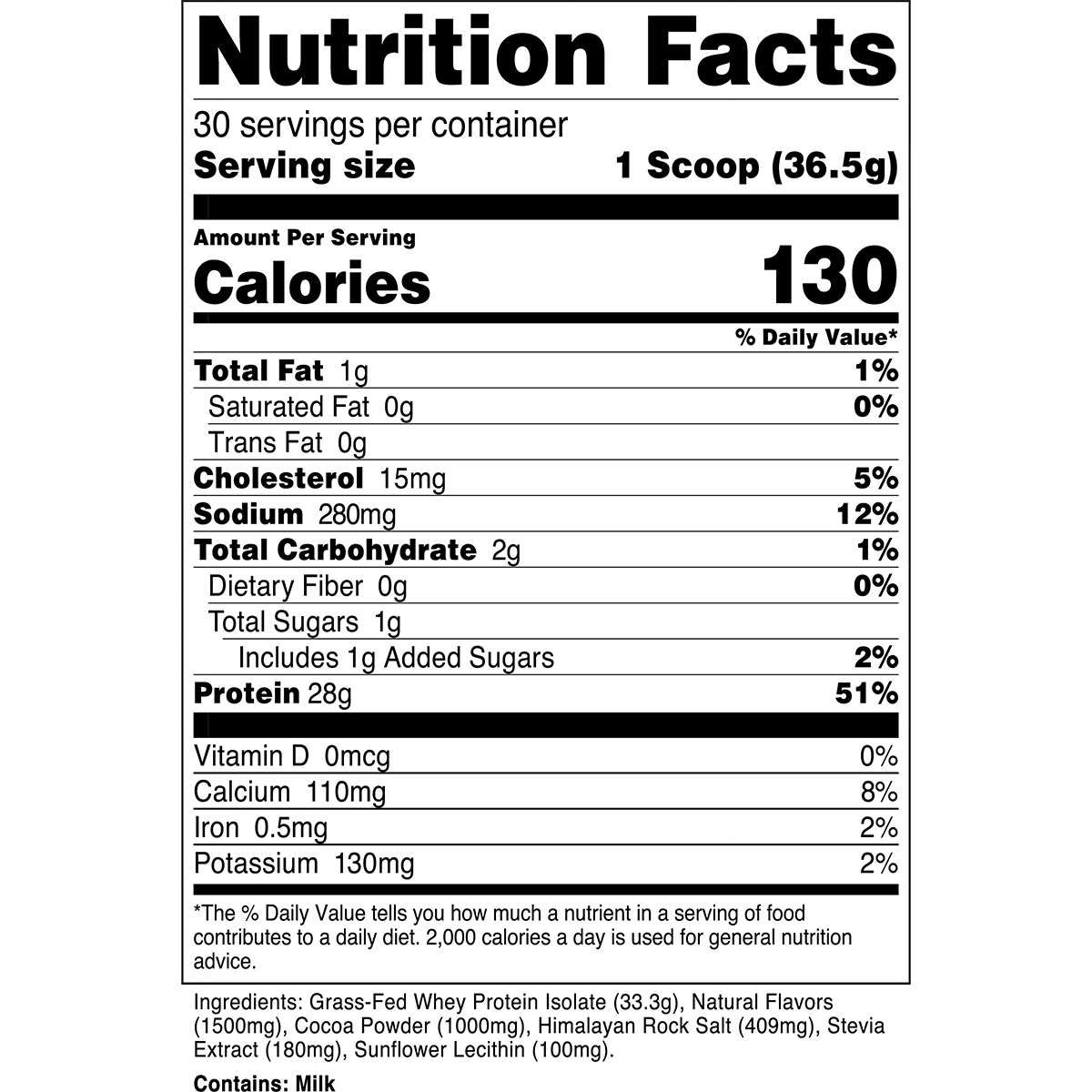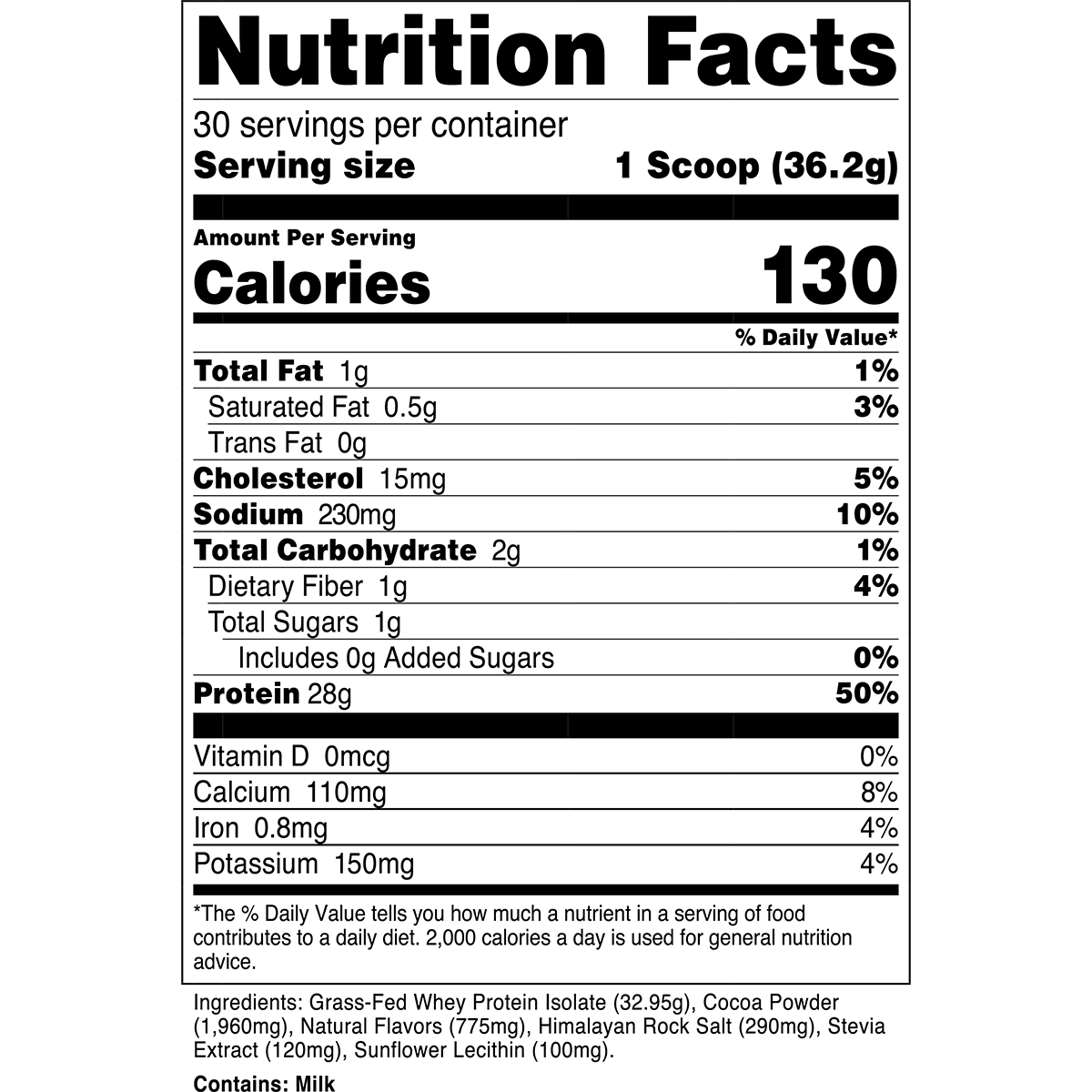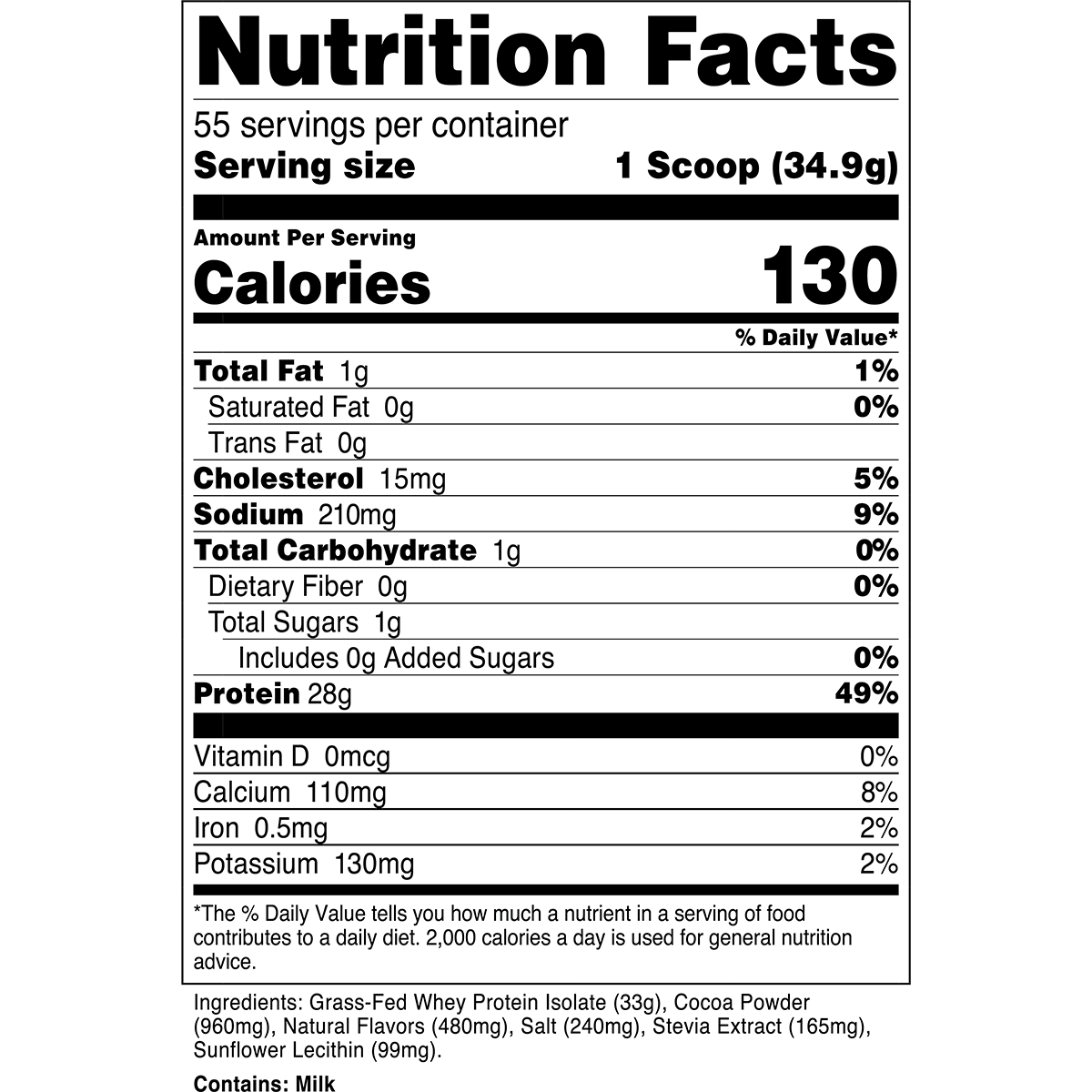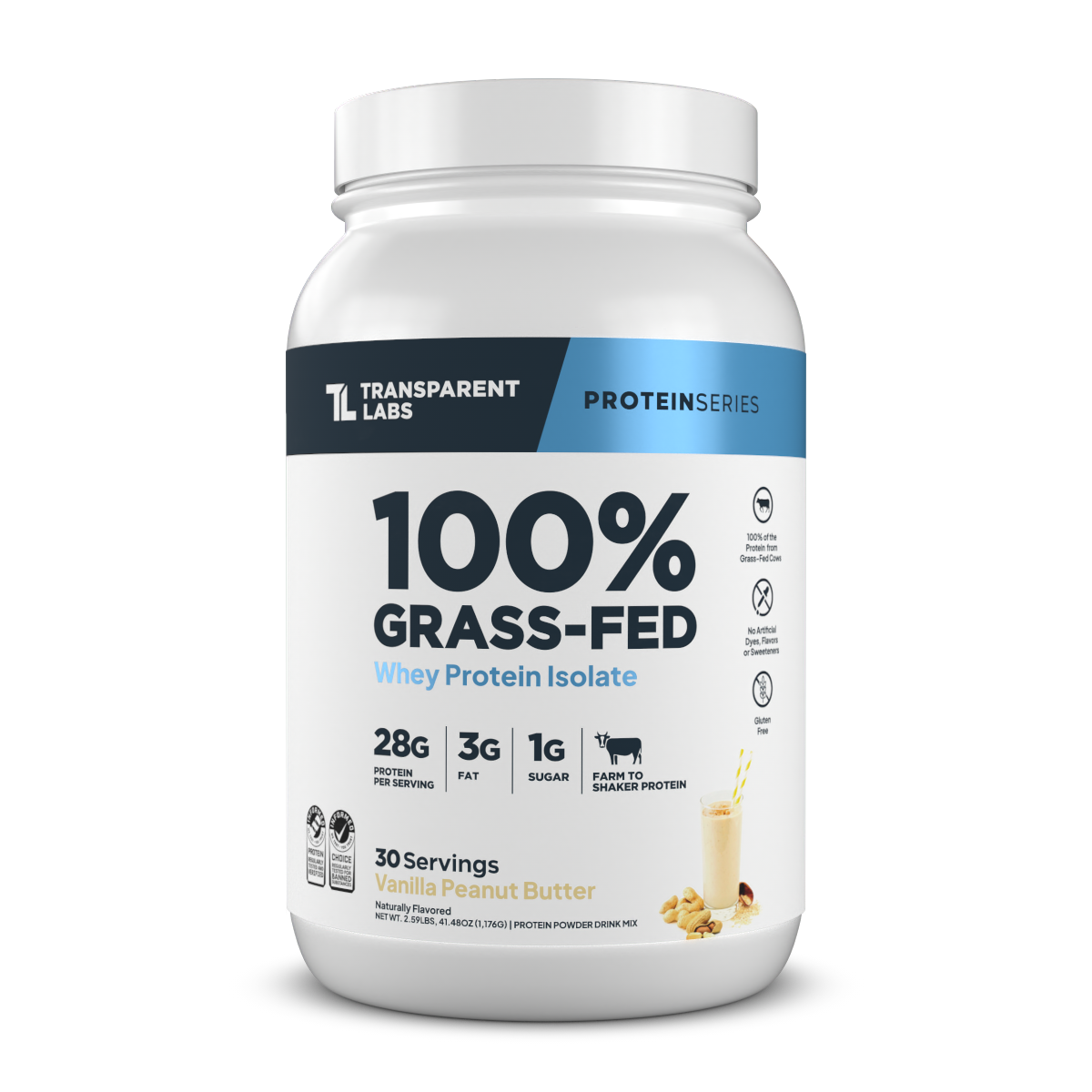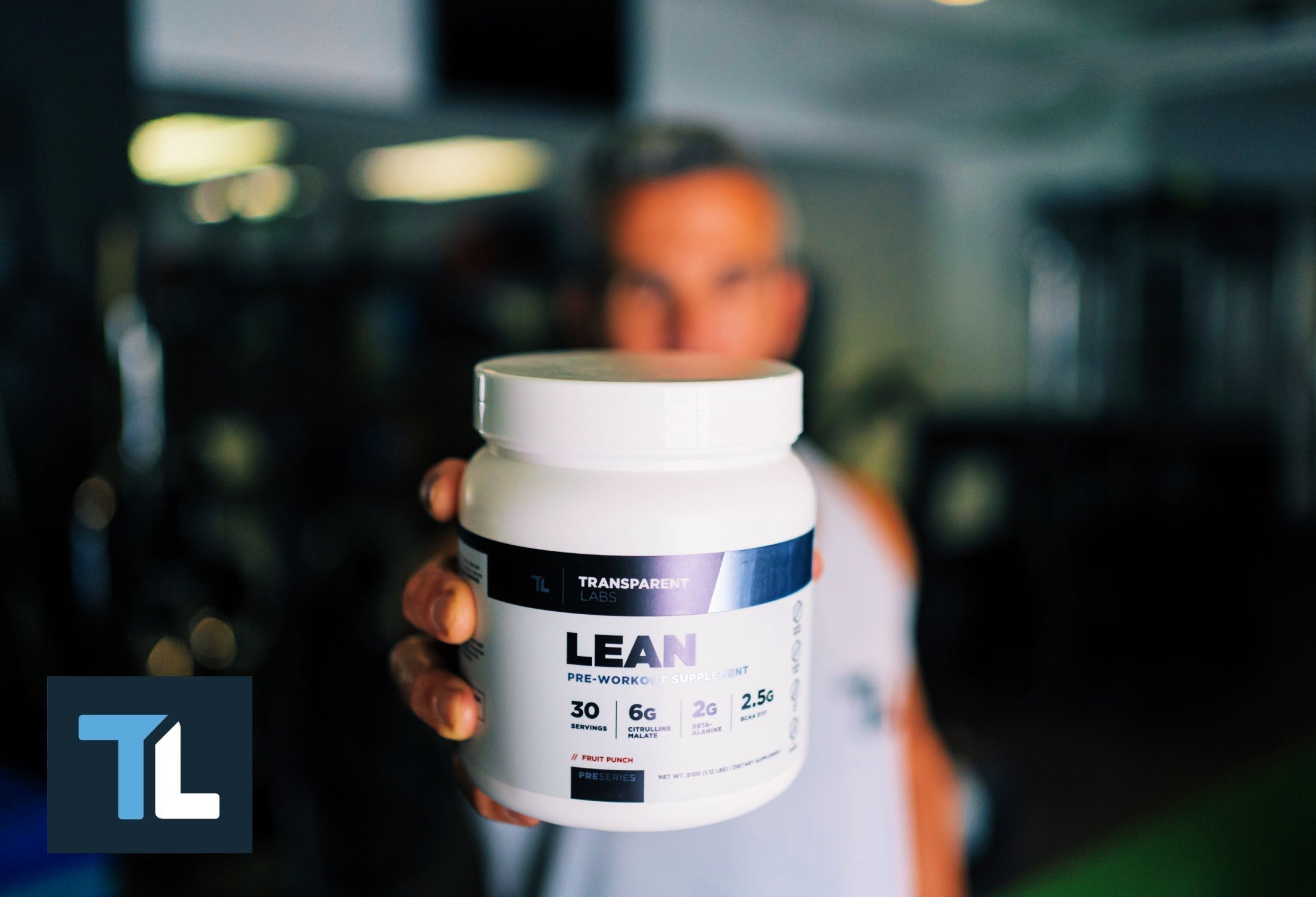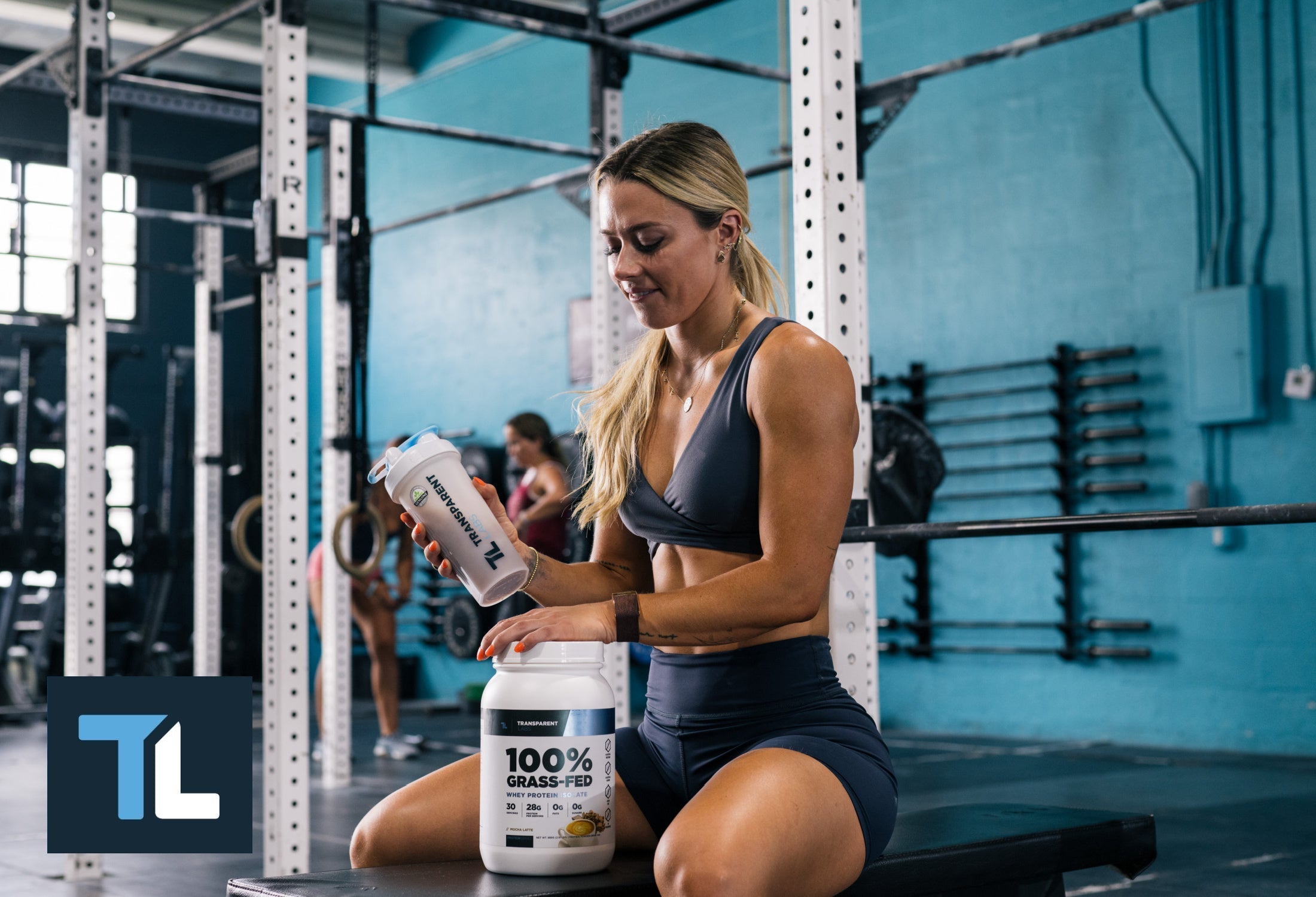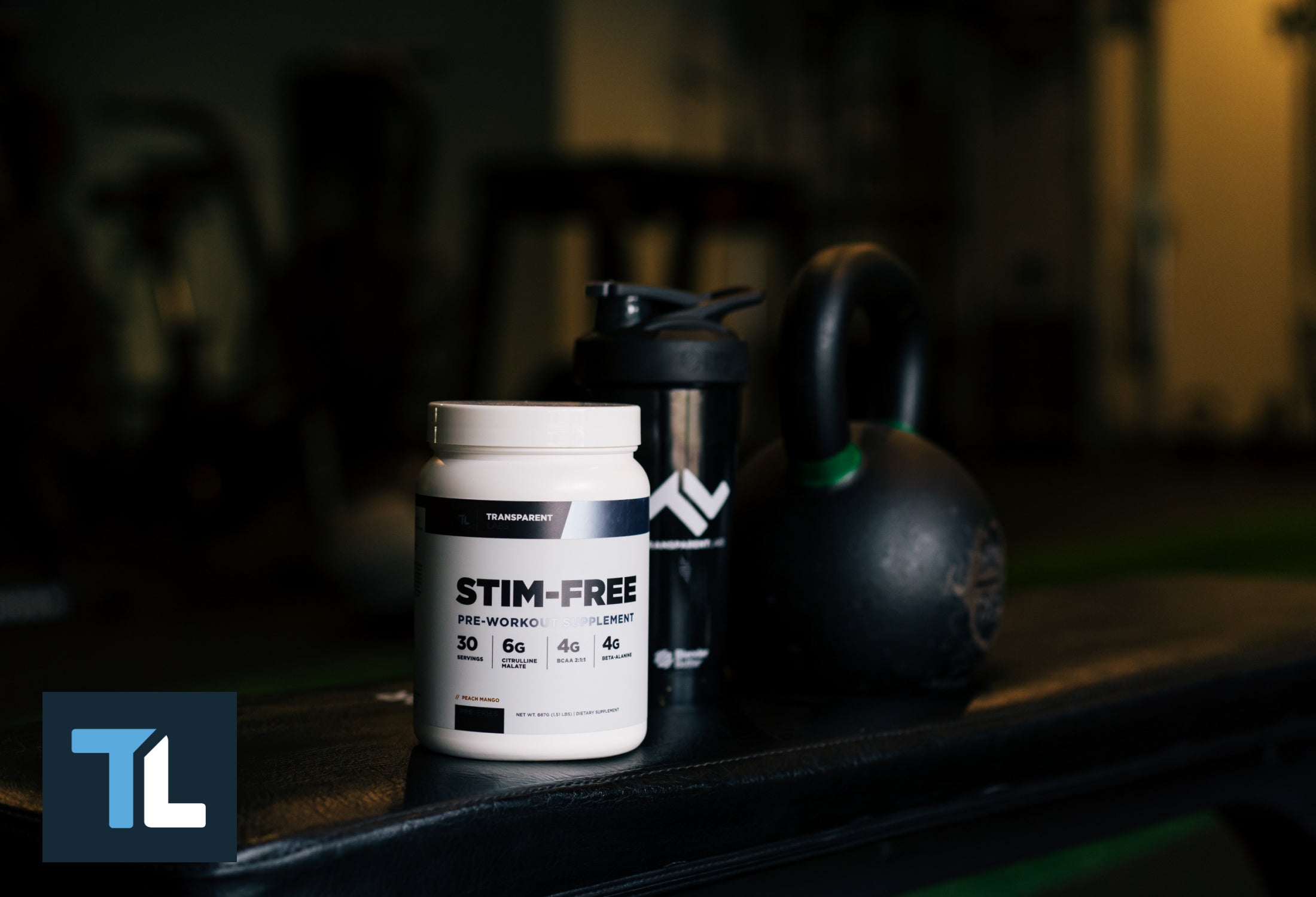Weight Lifting for Fat Loss: Why Cardio is Overrated
Focusing exclusively on cardiovascular exercise (aka "cardio") is arguably the most tragic misstep someone can make when they want to get in shape and lose weight. Yet, there are plenty of people that routinely opt for the treadmill over the squat rack.
Here's the thing: Regardless of your biological sex, weight lifting is the way to go for weight loss. In other words, if you're trying to "tone and trim" your body, you're squandering the perfect opportunity to do so when you stick to cardio instead of pumping some iron.
Now, hold on a second — isn't resistance training just for those who want to build muscle mass and strength?
Not at all. Based on systematic reviews of research, public health officials propose that resistance training, but not aerobic exercise like cardio, is a simple prescription for reducing the risk of cardiovascular disease, diabetes, metabolic syndrome, and other health conditions (1, 2). Lifting weights is undeniably a beneficial form of exercise for just about every adult population.
Still not compelled to rethink the usefulness of weight lifting for weight loss? This article might change your mind (for the better).
Note: For the sake of semantics hereon, "weight lifting," "resistance training," and "strength training" are used interchangeably.
Cardio vs. Lifting for Weight Loss: Which Burns More Calories?
You likely already know that weight-loss boils down to burning more calories than you consume (3). So, does that mean that doing hours of cardio translates to greater fat burning?
Well, not necessarily. If you're after long-term results, striding away for hours on the elliptical may be doing more harm than good. Sure, aerobic exercise like cardio can burn off quite a few calories and keep your heart in shape, but that's about all it does on its own according to a recent meta-analysis (especially at low-to-moderate intensity) (4).
All that cardio, especially fasted cardio, can even be detrimental to your body composition by eating away at your lean body mass. On the other hand, intense resistance training — which is anaerobic exercise — doesn't burn off a ton of calories during your workout, but it sets the foundation for long-term fat loss by "expanding" your metabolism (we will get into what this means shortly) (5).
Why is it, then, that so few gym-goers seem to prioritize weight lifting for weight loss? Maybe it's just a matter of the masses being misinformed or feeling intimidated by all the bodybuilders tossing around iron pancakes and flexing their "guns" in the weight room?
Either way, it's understandable that the majority of the population doesn't even contemplate lifting weights for fat loss.
But here's the thing...
...They should!
As counterintuitive as it may seem, the calories you burn from extensive bouts of cardio won't have as much of a long-term impact on fat loss as resistance training will. In layman’s terms, what research consistently shows is that habitual resistance training is more effective than aerobic exercise for sustainable weight loss and body-fat reduction (6, 7). (However, a combination of regular weight lifting and modest amounts of cardio is likely ideal.)
And yes, this means women should lift weights even when weight loss and "toning" are the primary fitness goals. Ladies, don't worry about accidentally getting "bulky" just because you pick up a dumbbell. That's a silly misapprehension about female muscle growth.

How Does Lifting Weights Burn Fat?
Consider the real-world analogy of a gas-powered car as being your metabolism. What does the engine need to make it drive? Fuel. When you run out of gas, the engine shuts down and the car won't go any further.
Your metabolism is no different. If you don't regularly feed your body, you won't have nutrients ("fuel") to keep your metabolism revving.
Remember, your body is first and foremost concerned with surviving — not how shredded your abs are or how small your waist is. If you don't nourish yourself properly, your metabolism has to do more with less to keep you functioning (and alive).
Essentially, when your body is low on "fuel," your metabolism becomes more efficient to compensate. While efficiency is good for some things in life, metabolism is not one of them.
It might not click why that is, so let's go back to the car analogy to make sense of this.
Expanding Your Metabolism for Long-Term Fat Loss
Which car gets better gas mileage: a V8-powered Chevy Camaro or a four-cylinder Toyota Prius? The Chevy gets about 17 miles per gallon; the Prius goes nearly three times further per gallon (50 miles).
So, the Prius is more fuel-efficient.
Now, do you want your metabolism to be the badass V-8 muscle car that requires more fuel to go the same distance as the Prius? Well, you should!
If your metabolism is less efficient, it means you're burning more energy to do the same amount of work as someone with a highly efficient metabolism.
In turn, your body requires more "fuel" (read: nutrients) just to maintain your weight — precisely what you want for long-term fat loss.
When someone says they have a "fast metabolism," they are really saying their metabolism is inefficient. The inverse is true for people who complain about having a "slow metabolism" — they can eat a piece of pizza and seemingly gain weight. Well, they're driving a Prius — a slice of pizza may be all the fuel they need to go 50 miles.
Want to Speed Up Your Metabolism? Lift!

Hopefully, the analogy above gives you a practical example of how metabolic inefficiency is desirable. The more you "expand" your metabolism and make it do less with more, the better.
Sure enough, the best way to do that is lifting weights and building muscle. Muscle is metabolically demanding, meaning the more you carry, the greater ("faster") your resting metabolic rate (8).
Many other physiological adaptations make resistance training superior to long bouts of low-to-moderate intensity cardio for fat loss (9). (For the sake of brevity, we won't get into the science of those here.)
Long-term energy restriction and excessive cardio will gradually decrease your metabolic rate by reducing lean body mass, thereby increasing the likelihood of weight regain (10).
When all you do is aerobic exercise instead of resistance training, you will eventually reach a plateau where stubborn body fat areas won't budge no matter how much cardio you do or how little you eat.
Again, you don't want to train your metabolism to do more with less, which is what happens from chronic energy restriction and endless cardio. You're better off building a solid foundation of muscle mass to keep your metabolism revving; otherwise, it will be a daunting journey to a lean physique.
Don't misconstrue the above as saying you absolutely can't lose fat without first building muscle mass. Instead, it's illustrating how lifting weights burns fat over time and makes the process of improving your body composition less stressful (and more sustainable).
Can You Build Muscle and Burn Fat at the Same Time?
Chances are you're now wondering, "Well, what about building muscle and burning fat at the same time?"
In fitness subculture, simultaneously building muscle and burning fat is called "body recomposition." The catch is that the physiological mechanisms conducive to promoting fat burning are more or less directly antagonistic to those that activate muscle building (and vice versa).
Lipolysis (fat breakdown) and fatty acid oxidation (fat burning) are primarily controlled by an enzyme found in cells throughout the body —- adenosine monophosphate-activated protein kinase (AMPk) (11).
Scientific jargon aside, AMPk is active when cells lack chemical energy — adenosine triphosphate (ATP). When ATP is used for energy, it loses a phosphate group and becomes adenosine diphosphate (ADP). Thus, the ratio of ATP:ADP serves as a signal of sorts to your cells, indicating how much energy is available.
Your cells sense the shift to a lower energy state, thereby activating fat-burning pathways to help increase the amount of adenosine triphosphate (ATP). Intuitively, the amount of energy (ATP) available mainly depends on food intake, blood flow, and physical activity.
Conversely, when the body has a surplus of energy (e.g., the ATP: ADP ratio is high), AMPk — and by extension, fat-burning — are "turned off," so to speak. (Though, most biological processes don't operate like an "on-off" switch; they are more akin to a dimmer switch.)
Now, what does all this scientific mumbo jumbo mean in the grand scheme of weight loss? Well, AMPk increases fat breakdown, enhances fatty acid use for energy, improves glucose uptake into muscle tissue, and inhibits the creation of new storage fats (12). All great things for getting leaner.
In layman's terms, AMPk is the quintessential "metabolic switch" for burning body fat, but it's also the switch for blocking muscle growth. Not all hope is lost, though — you can build muscle and burn fat over time by cycling your calorie intake and exercising appropriately (i.e., lifting).

AMPk and mTOR: A Dynamic Balance
Now that you grasp how cells modulate fat-burning and muscle-building processes, let's talk about why this matters for improving body composition.
Recall that AMPk is essential for "turning on" fat-burning pathways; the conundrum is that it also inactivates the mammalian target of rapamycin (mTOR) — a protein that stimulates muscle protein synthesis (13).
The opposite is true when mTOR is active; AMPk becomes inactive, and your cells are not particularly worried about burning fat.
This "see-saw" relationship between AMPk and mTOR makes sense when you consider that muscle-building is an anabolic process, meaning it requires energy. Conversely, burning (oxidizing) fat is a catabolic process that releases energy. Your cells will do whichever makes more sense, given the amount of ATP available.
While this is a simplistic way of detailing these pathways, it still provides a general idea of why you can't have your cake, and eat it too, when it comes to packing on muscle and cutting body fat. You have to prioritize one or the other if you want to make significant progress in either direction.
However, this is not to say you can't build muscle and burn fat at the same time; it might just protract the process since you'll only be able to make small amounts of progress on both ends of the spectrum simultaneously.
Ultimately, AMPk and mTOR are key players for improving body composition, but their interplay is give-and-take in nature. Hence, the see-saw analogy mentioned above.
Tips to Follow When Weight Lifting for Fat Loss and Body Recomposition
To reiterate from earlier, it's imperative to expand your metabolism by building some muscle and becoming familiar with weight training. It will pay dividends in the long run, especially when you switch gears and focus on trimming down.
Naturally, proper nutrition, exercise, and supplementation come into play.
The following tips may not be profound, but as they say: keep it simple, stupid. Weight lifting for weight loss is not nearly as complicated as some people make it out to be.
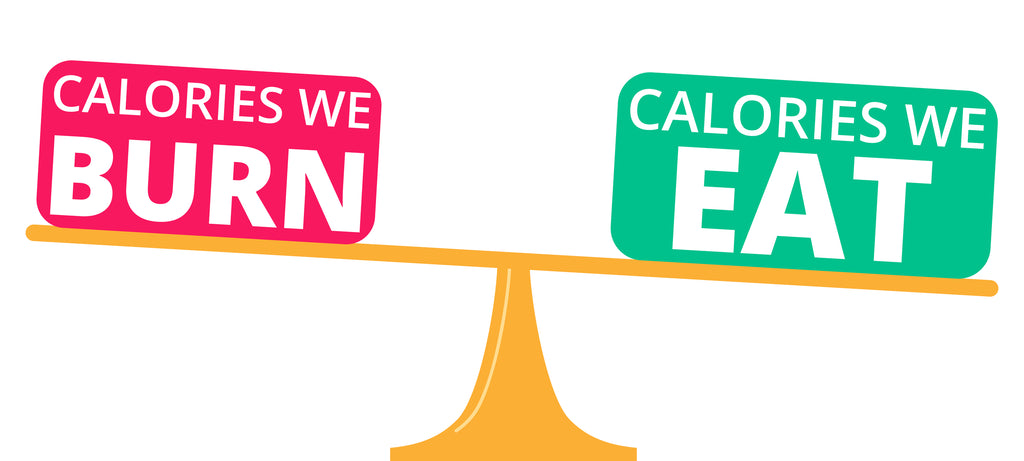
Energy Balance is Key
It should be a no-brainer, but if your fitness goal is to get lean and lose weight, you will have to be in a calorie deficit. Therefore, you need to be burning more calories than you consume on a regular and consistent basis if you want to shrink your waist and get your muscles to pop. To determine your nutritional needs when for weight loss, be sure to check out our Macronutrient Calculator.
Cardio For Weight Loss: Useful...in Moderation
Most gym-goers will be able to create a sufficient calorie deficit by simply reducing their food intake. Of course, exercise is the next-best option to tip the energy balance equation in your favor.
However, you don't want to rely on exercise, specifically cardio, as a means of creating a calorie deficit. Doing some cardio in addition to weight lifting is a good idea, but if you're doing hours of cardio daily, that's not a sustainable (or healthy) approach to weight loss.
Assuming you’re lifting 3-4 times per week and eating properly, you shouldn’t need a ton of cardio to maintain consistent fat loss. Start with daily 30-minute cardio sessions at low-to-moderate intensity. It can help save time by doing your cardio immediately after you hit the weight room.
Eat Your Largest Meals Before and After Your Workout
Due to the acute physiological adaptations that resistance training confers, it’s prudent to capitalize on these changes by eating your largest meals before and after your workout. That being said, if this doesn't fit your schedule, don't panic; the most important factor is meeting your calorie and macronutrient quotas at the end of the day — not meal timing.
Consume 3-5 Protein-Rich Meals/Snacks Daily
Meal frequency has been a contentious debate for decades, but the reality is that your metabolic rate doesn't increase just because you eat every two hours, nor does it decrease if you only eat every five hours. In fact, research suggests that less-frequent eating (i.e., 3-4 meals per day) may be beneficial for health and longevity (14).
Whatever meal pattern keeps you on track with your total daily nutrient and calorie intake is what you should do. When or how often you eat isn’t as crucial as conventional bodybuilding dogma suggests.
Simply eat whenever it best fits your daily routine — ideally with protein at each feeding. Supplement with a quality protein powder like grass-fed whey protein if you don't have time to eat a whole-food meal.
When Lifting, Focus on Compound Exercises
Compound exercises utilize multiple muscle groups and joints to recruit more muscle fibers than single-joint, isolation exercises; thus, you get more "bang for your buck" by doing them.
By utilizing multiple joints and muscle groups, free-weight compound exercises allow you to lift heavier loads. In turn, you can put more tension on the target muscles, thereby leading to greater muscle hypertrophy.
When was the last time you saw a scrawny John or Jane Doe barbell squat 400 lbs to proper depth? That would be a rare sighting indeed (but hey, fake it until you make it, right?).
Here are some of the most popular (and effective) compound exercises include:
- Squats
- Deadlifts
- Bench presses
- Overhead presses
- Rows
- Pull-ups/chin-ups
- Leg presses
- Lunges
This isn't suggesting you should neglect isolation exercises, but make sure your program features plenty of compound movements. Do isolation exercises, like bicep curls and tricep press downs, as "assistance" exercises to the primary muscles you're training on a given day.
For example, on chest, tricep, and shoulder training day, you could start with a flat barbell bench press, then incline dumbbell bench press, then move onto some isolation exercises such as side lateral raises and overhead tricep extensions.
Progress. Progress. Progress.
When you hit the gym, your priority should be progressing, in some form or fashion, from your previous workouts. It's astonishing that many gym-goers just go through the motions and lift the exact same weight for the exact same number of sets and reps every time they work out.
Well, guess what? That's why they don't get stronger, leaner, or more muscular.
Progression doesn't necessarily mean you're able to add weight to the bar every single workout (even though that's still a priority); it can come in the form of adding more sets and reps, increasing training frequency, adding various intensity techniques, like drop-sets and forced reps, etc. Just focus on progressing/improving to some degree each week.
When your goal is to burn fat and lose weight, there may be a period where your strength drops off a bit. Don't be deterred by this; it's merely part of the process when trying to get as lean as possible (especially if you're prepping for a natural bodybuilding contest).
You will inevitably lose some muscle mass, but it is not the end of the world in the long run. Your strength will bounce back rapidly once you transition into a strict muscle-building phase.
Don't Neglect Rest and Recovery
Make no mistake that weight lifting for weight loss entails plenty of time hoisting barbells and other inert objects, but you should not be spending all of your free time exercising. Your body is not growing (or even burning a large amount of body fat) while you're pumping out reps in the gym; it's the remaining 22+ hours of the day where the magic happens.
Naturally, if you're not taking the appropriate time to rest and recuperate, you won't be able to keep up with the mental and physical demands of losing weight. So, don't skimp on sleep and downtime spent in between workouts!
Active adults should generally aim for 7-8 hours of sleep per night (15). There are natural sleep aid supplements, like Transparent Labs Sleep Aid, that can help if you have trouble staying asleep through the night.
During the day, consider taking a "power nap" for 15 minutes to help rejuvenate your mind and body. (This is a useful habit if you work out in the evening after a long day of work or school.)
When you're lifting, go hard and keep the pace up. When you finish, nourish yourself and rest when it's time to rest. It's admirable to want to push yourself around the clock, but more exercise isn't always better for weight loss. Lift, do some cardio, eat, sleep, and repeat.
Weight Lifting vs. Cardio for Weight Loss: Key Takeaway
Remember, the most crucial factor for weight loss and fat burning is being in an energetic deficit, and you can't circumvent the immutable laws of thermodynamics. Thankfully, weight lifting is a powerful tool that can help turn those laws in your favor by "expanding" your metabolism over time.
Many people think of weight loss like it's checkers — they only look one move ahead. In reality, getting lean is more like a game of chess; you should be thinking three, four, or even five steps ahead.
There may be phases where you have to put on just a little "flab" to facilitate muscle growth and expand your metabolism. Know that this is a strategic move that's all part of the grand scheme. Short-term sacrifices can lead to long-term success if you're smart about them and have a clear vision of where you want to go.
To be clear, this article is not saying you should do absolutely no cardio. Instead, the point is that you should, at the very least, incorporate several days of resistance training in your workout routine for weight loss. Concurrent training — a combination of weight lifting and cardio — is arguably the ideal approach to build muscle and burn fat.
Frankly, both resistance training and cardio are forms of exercise that most people should do regularly, regardless of their fitness goals.
